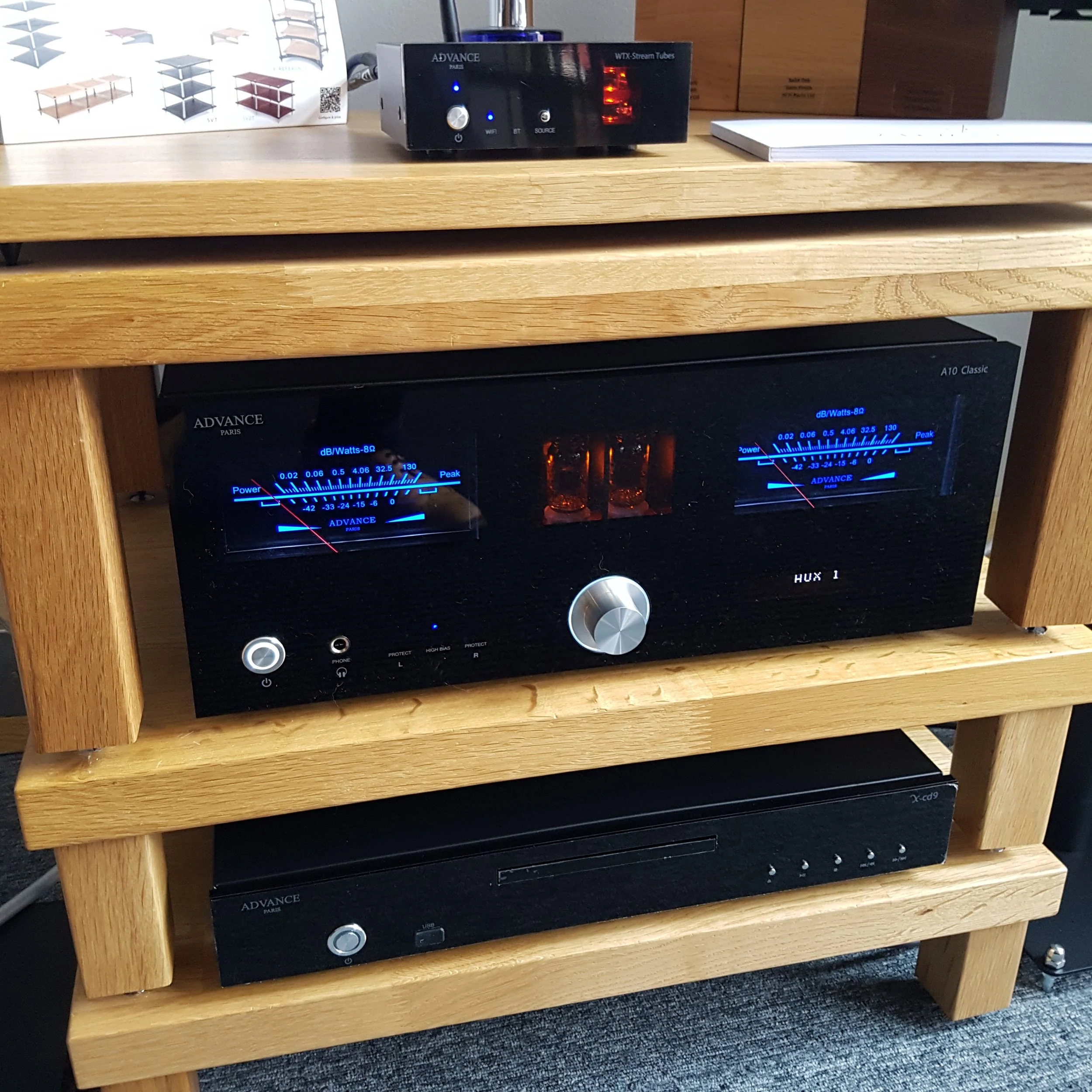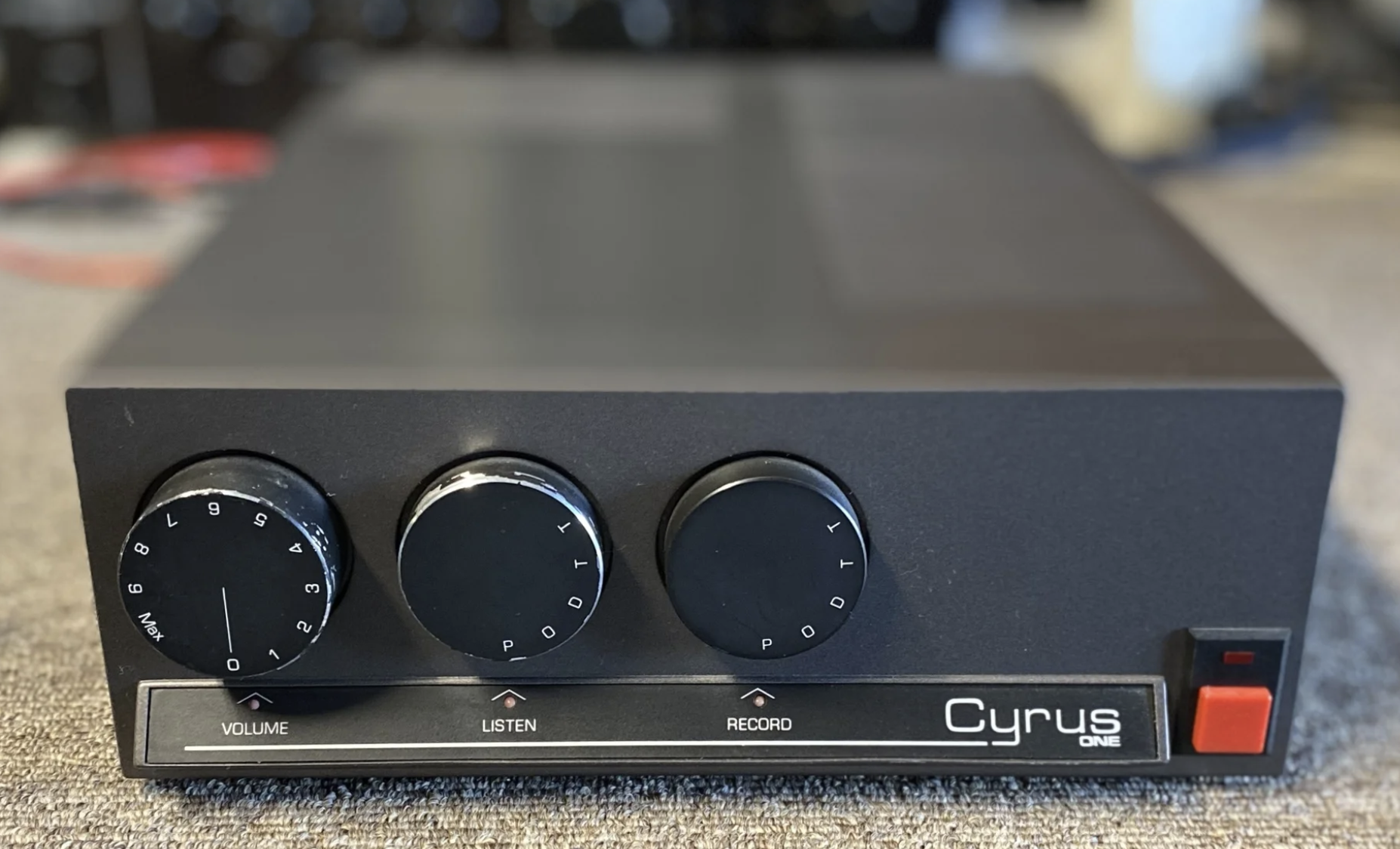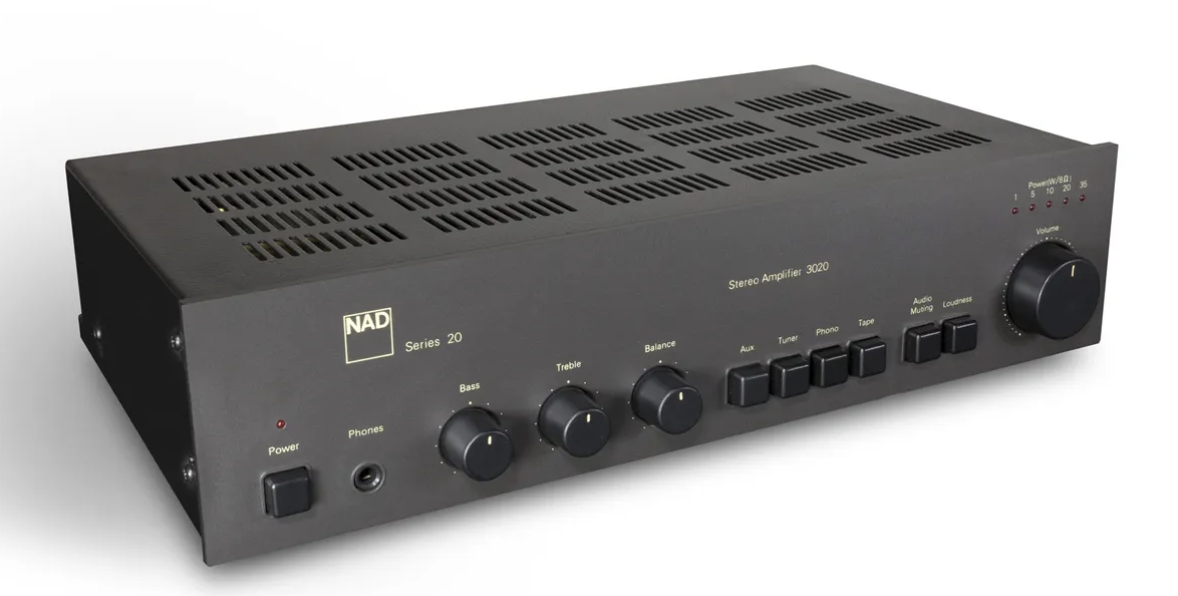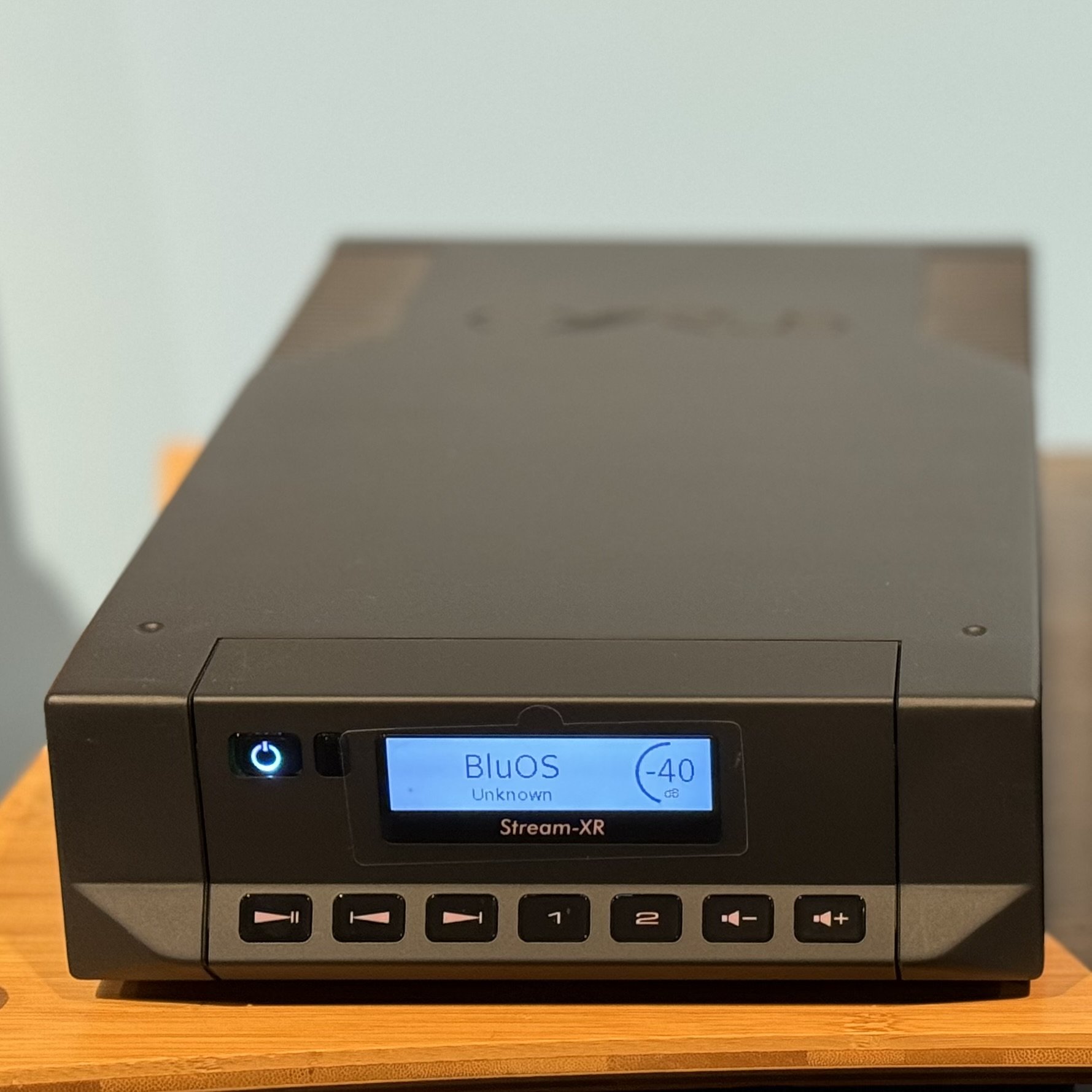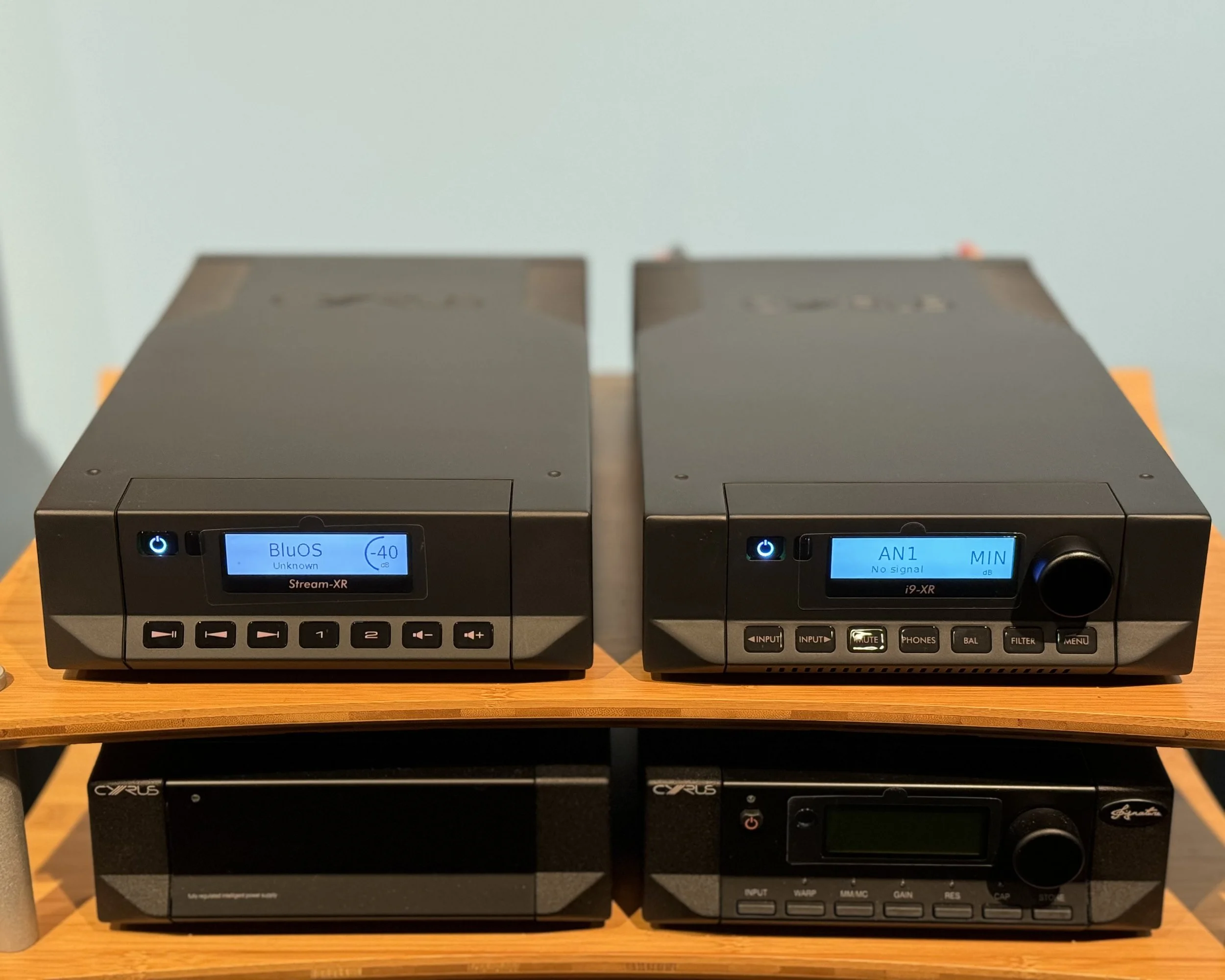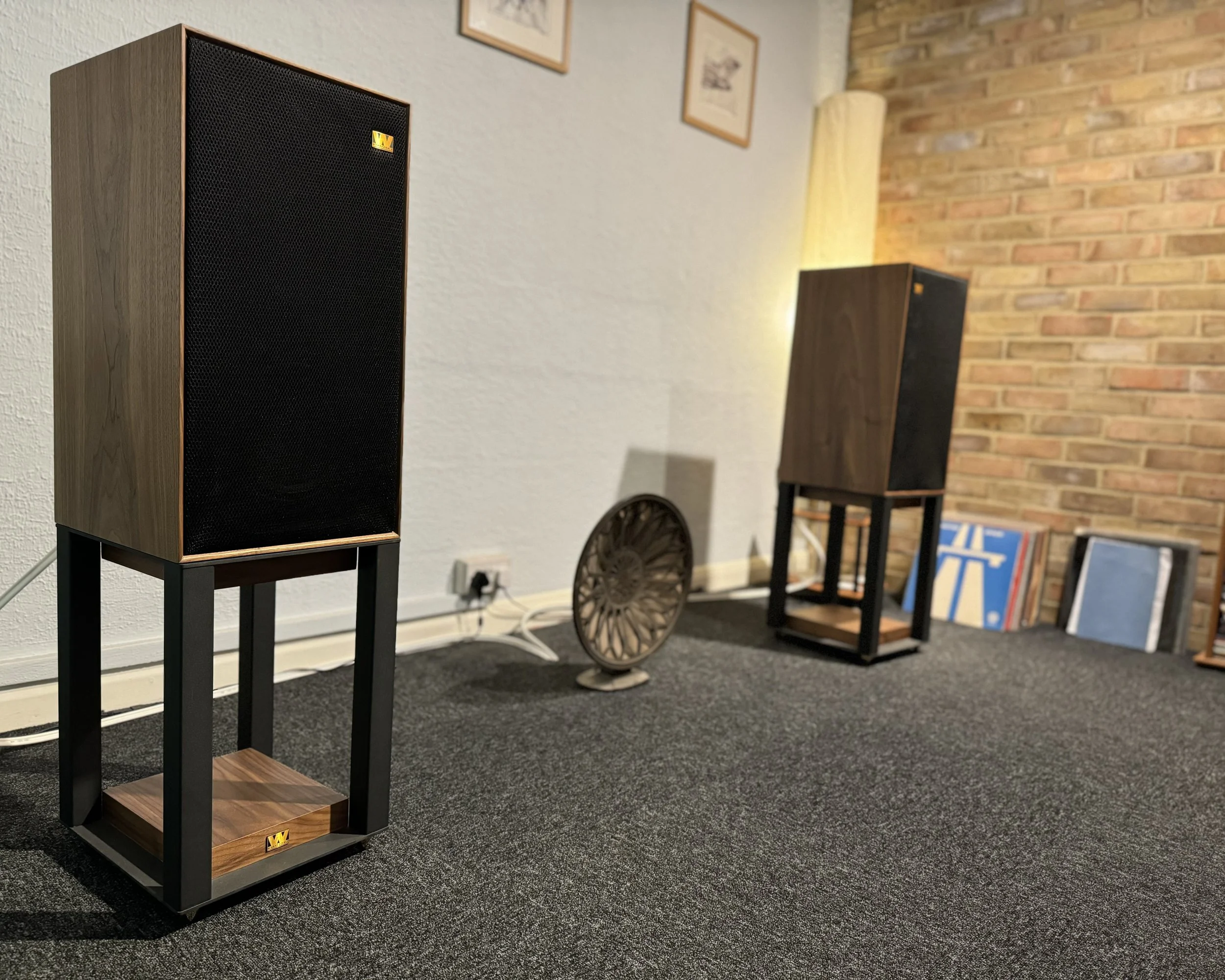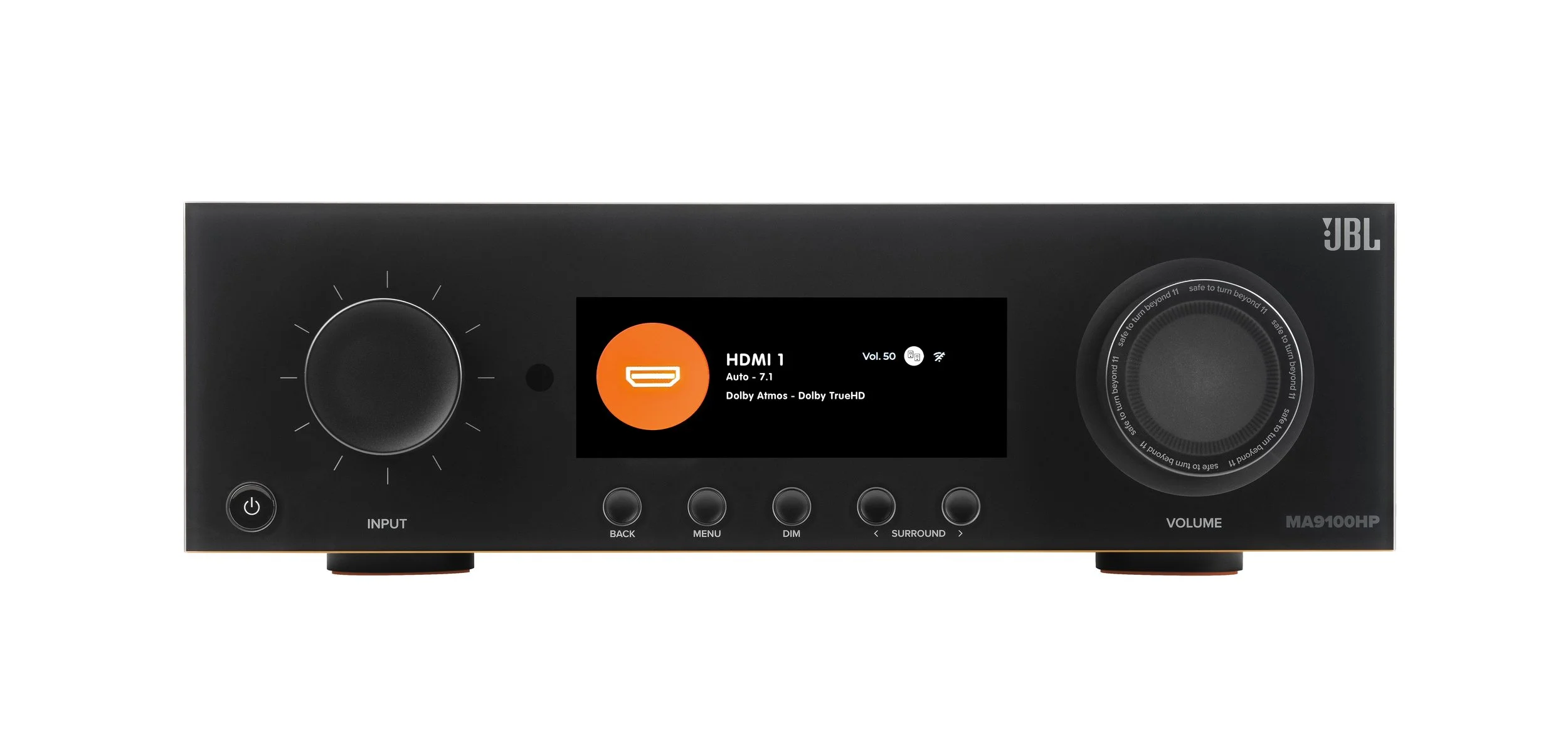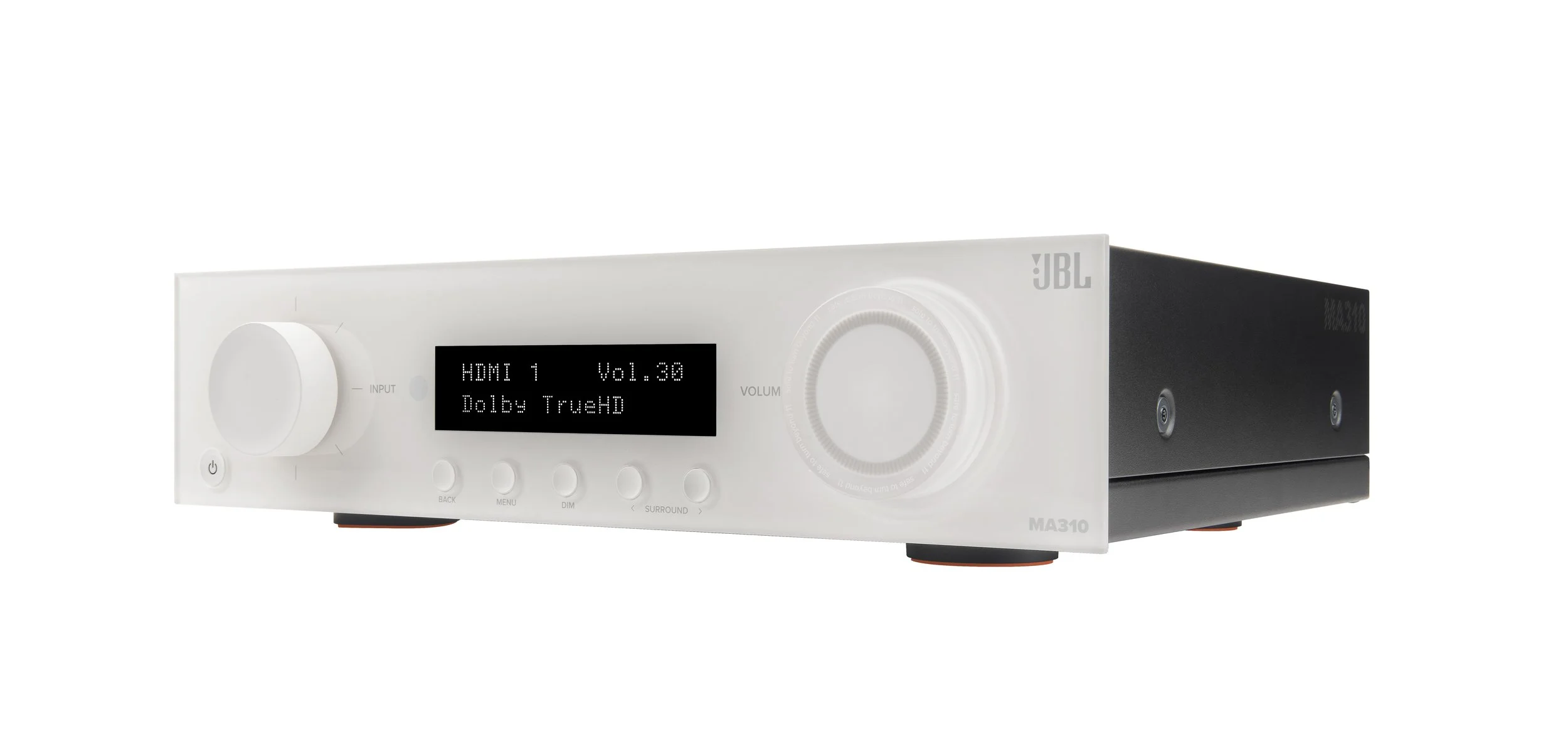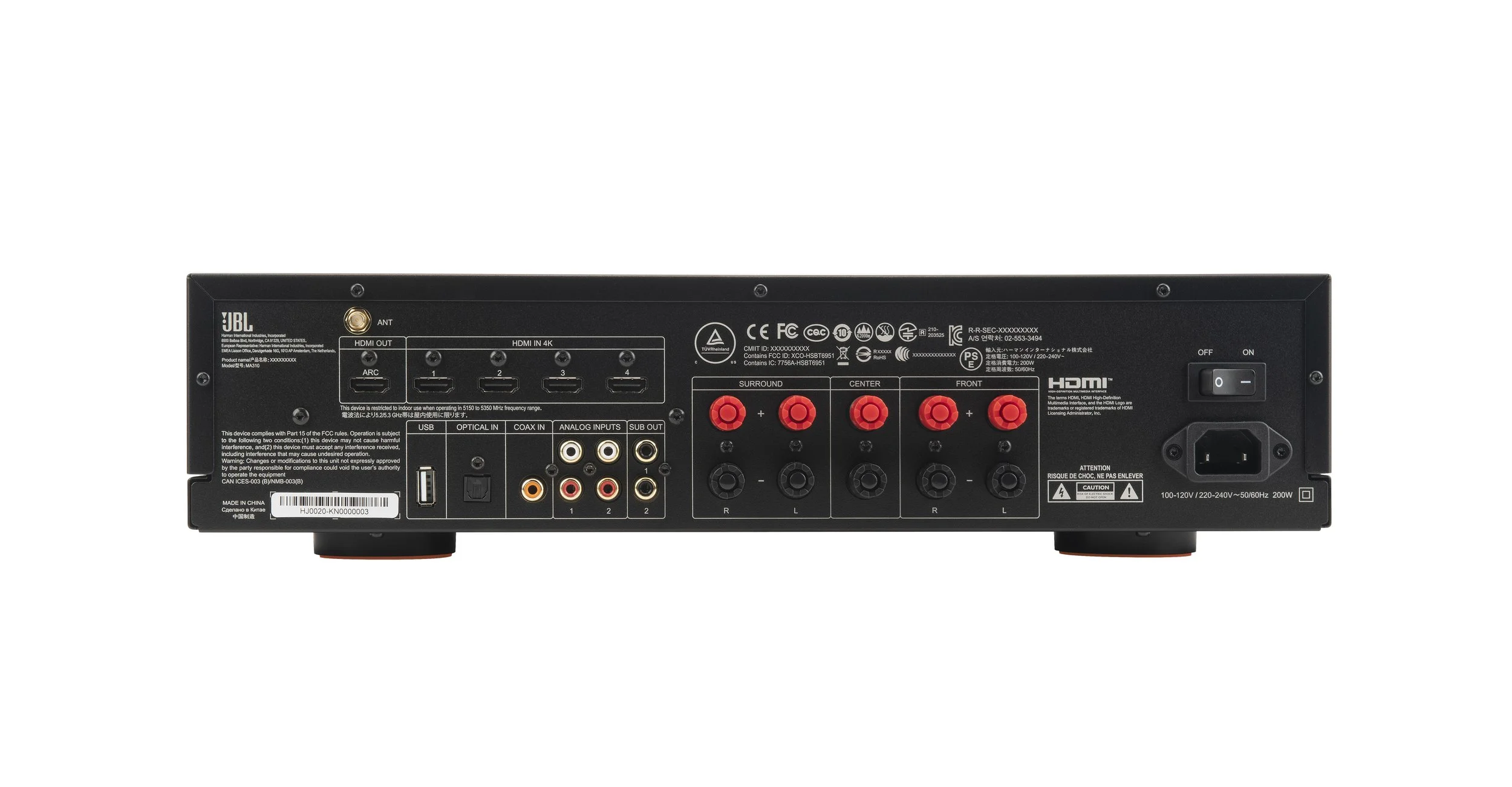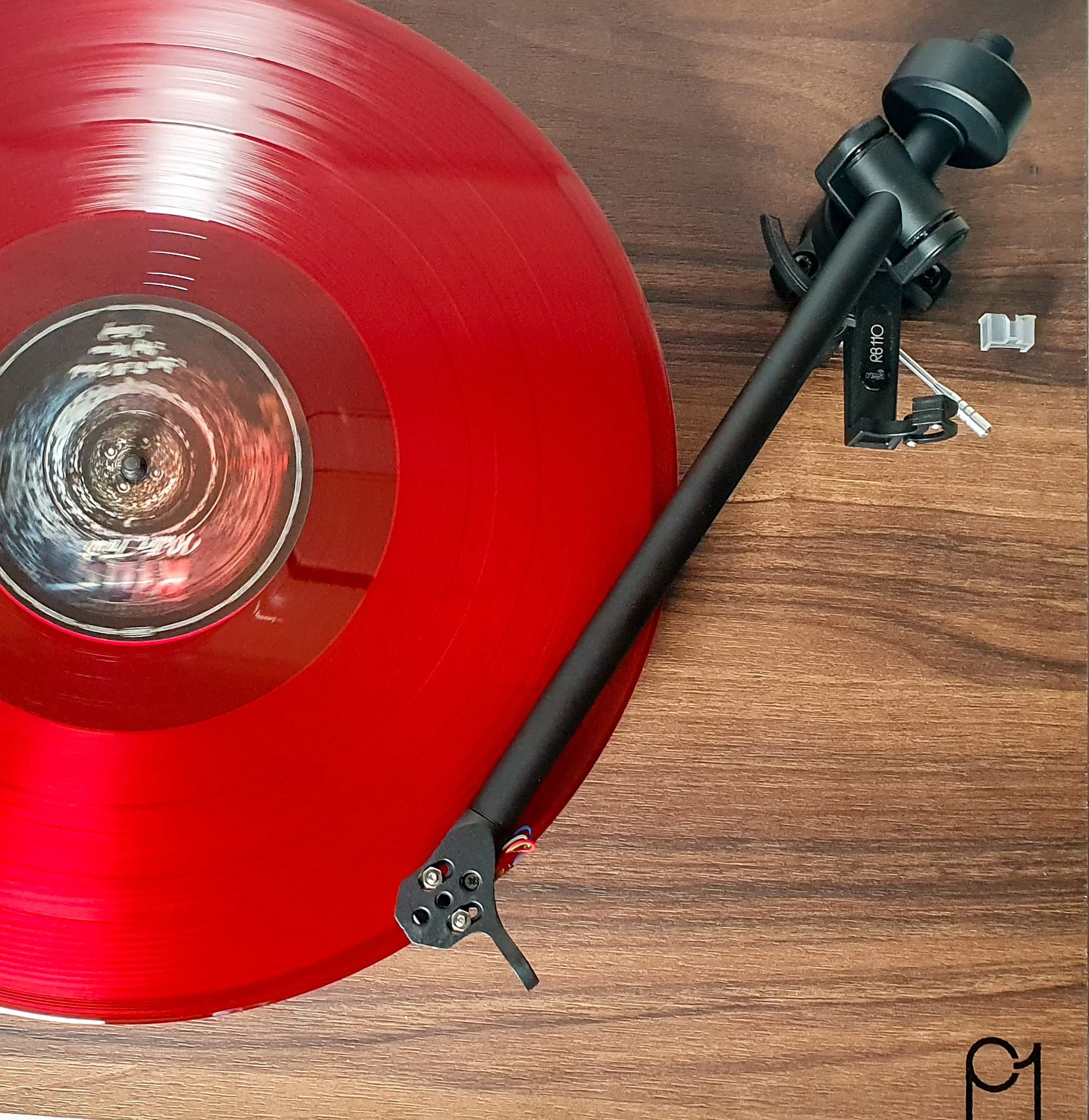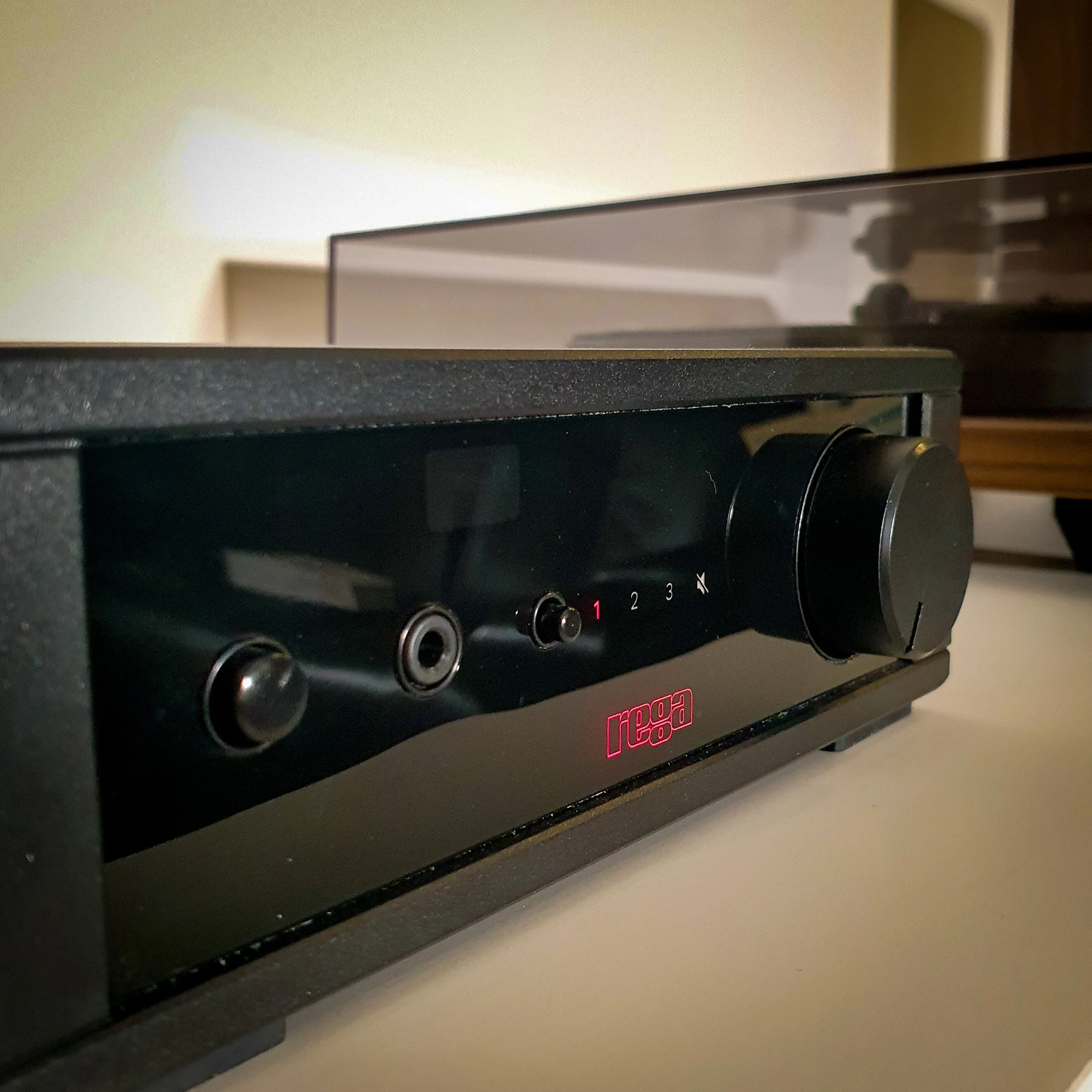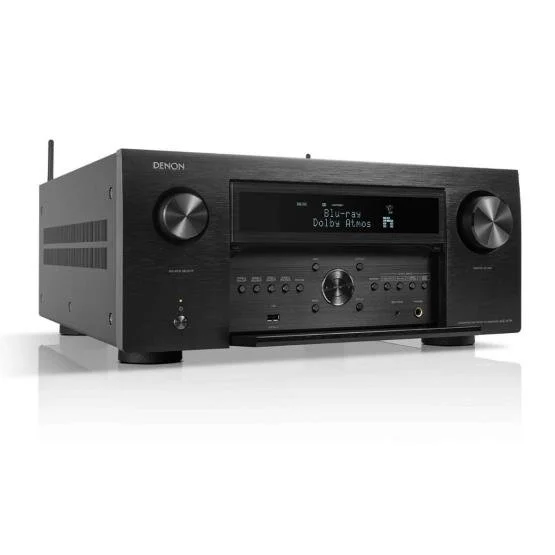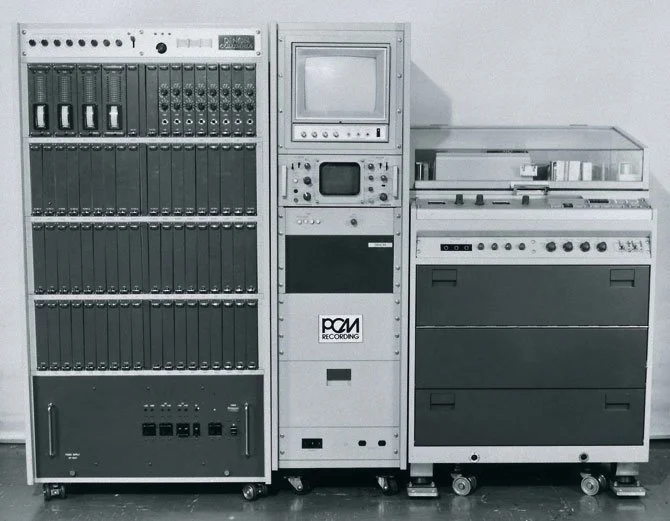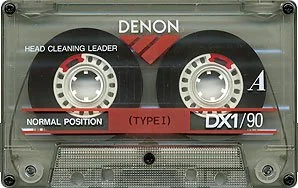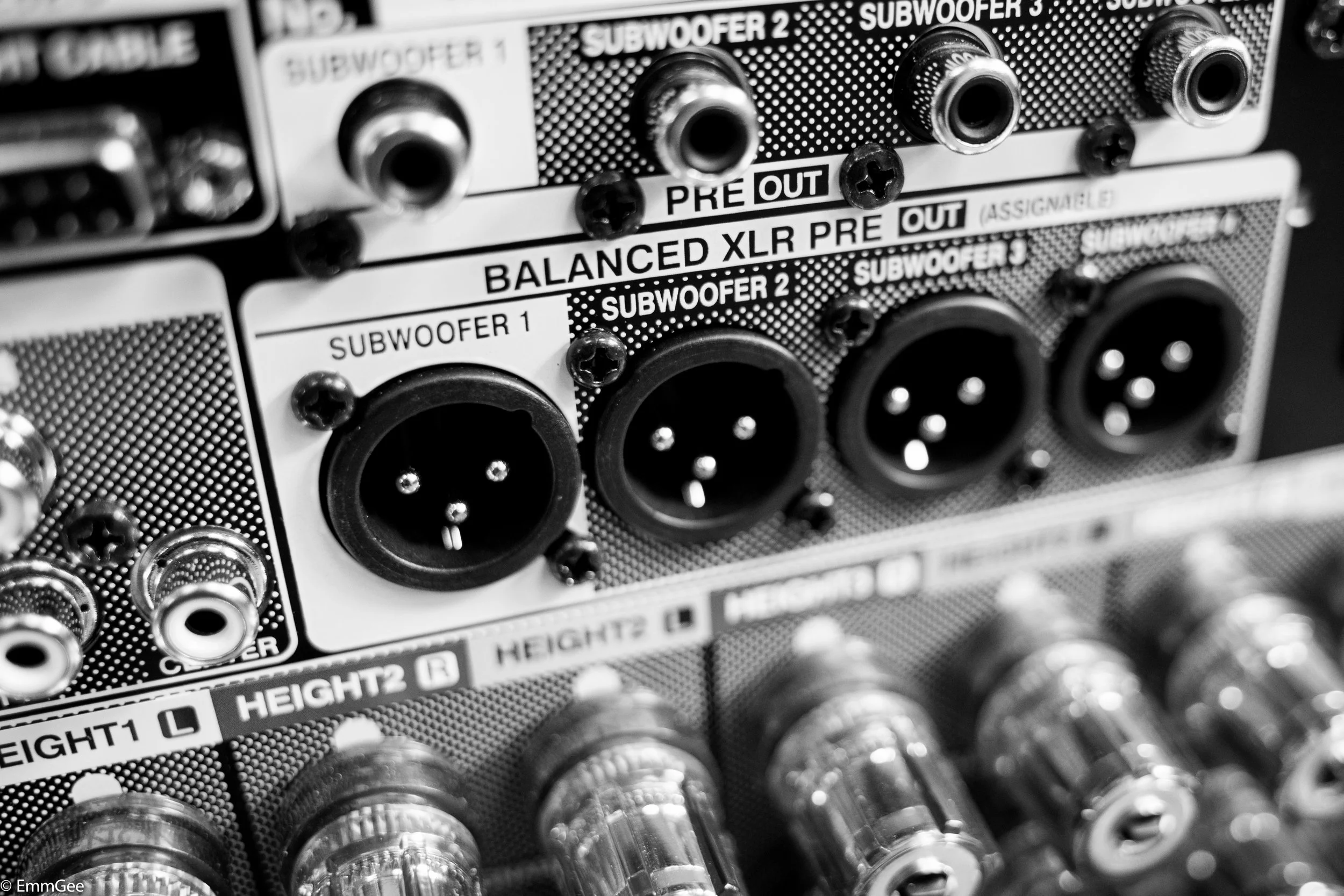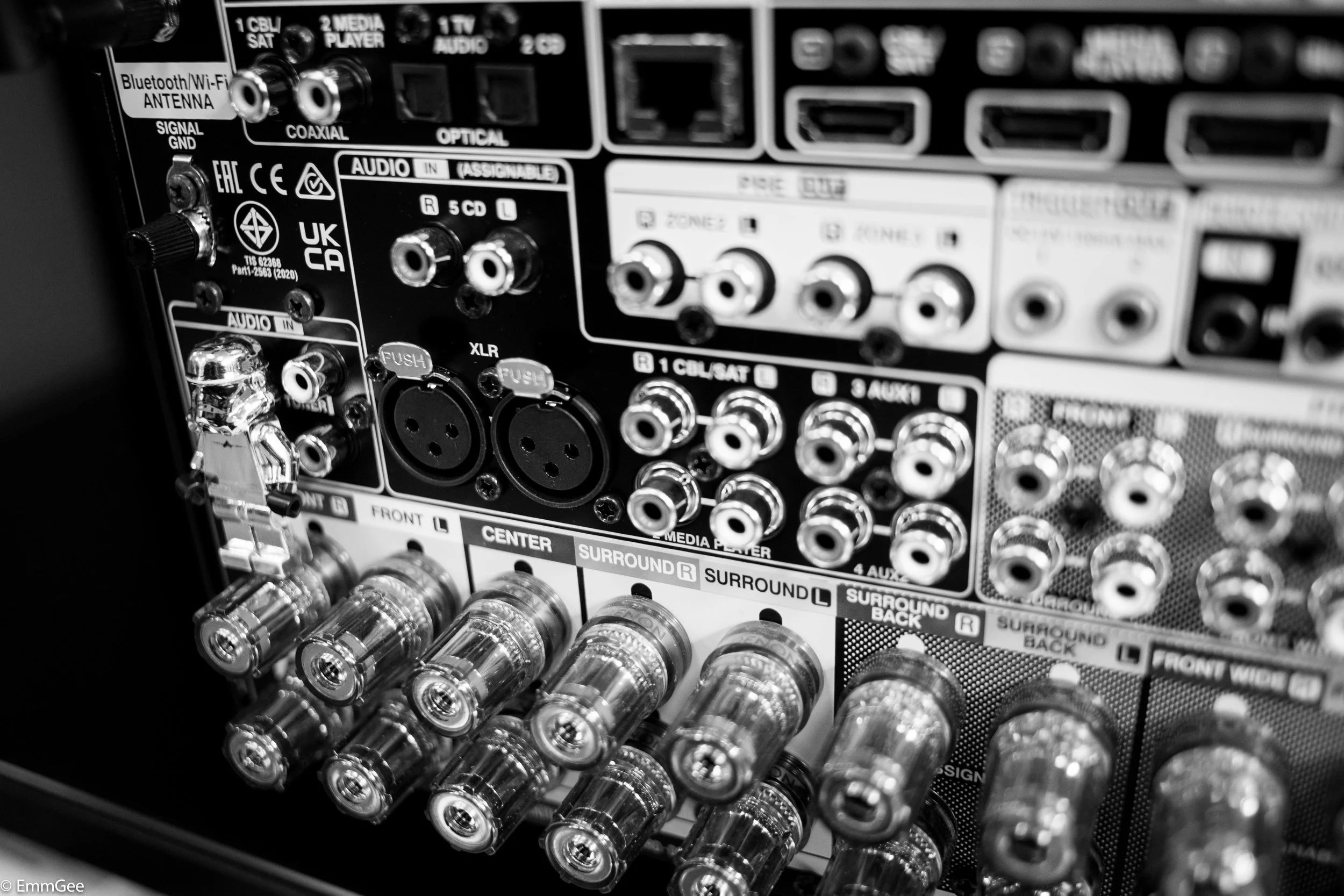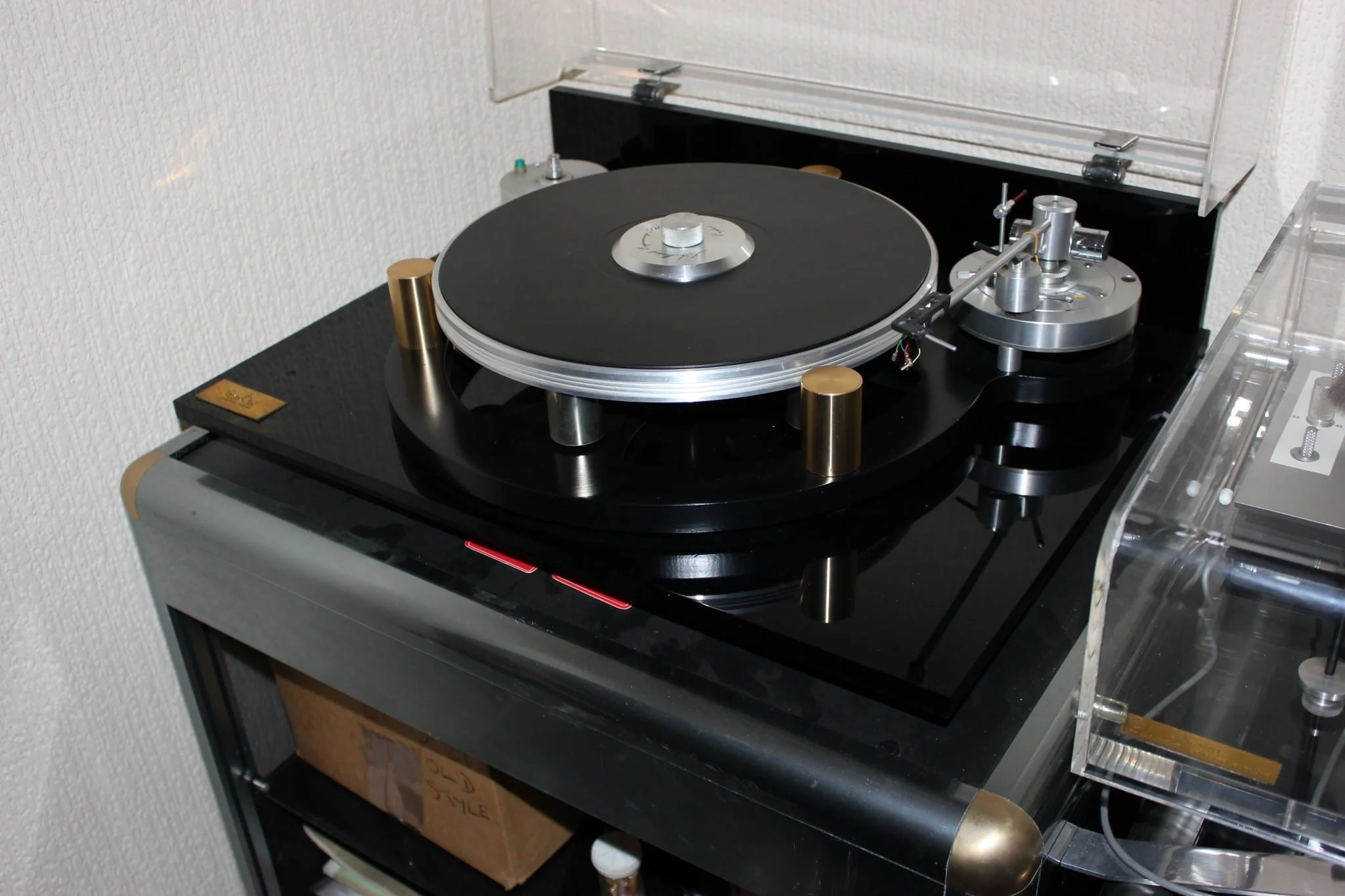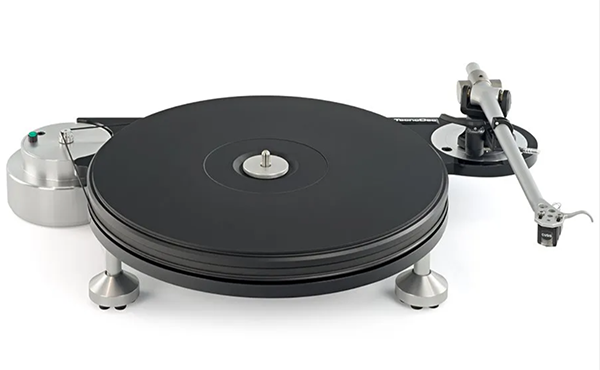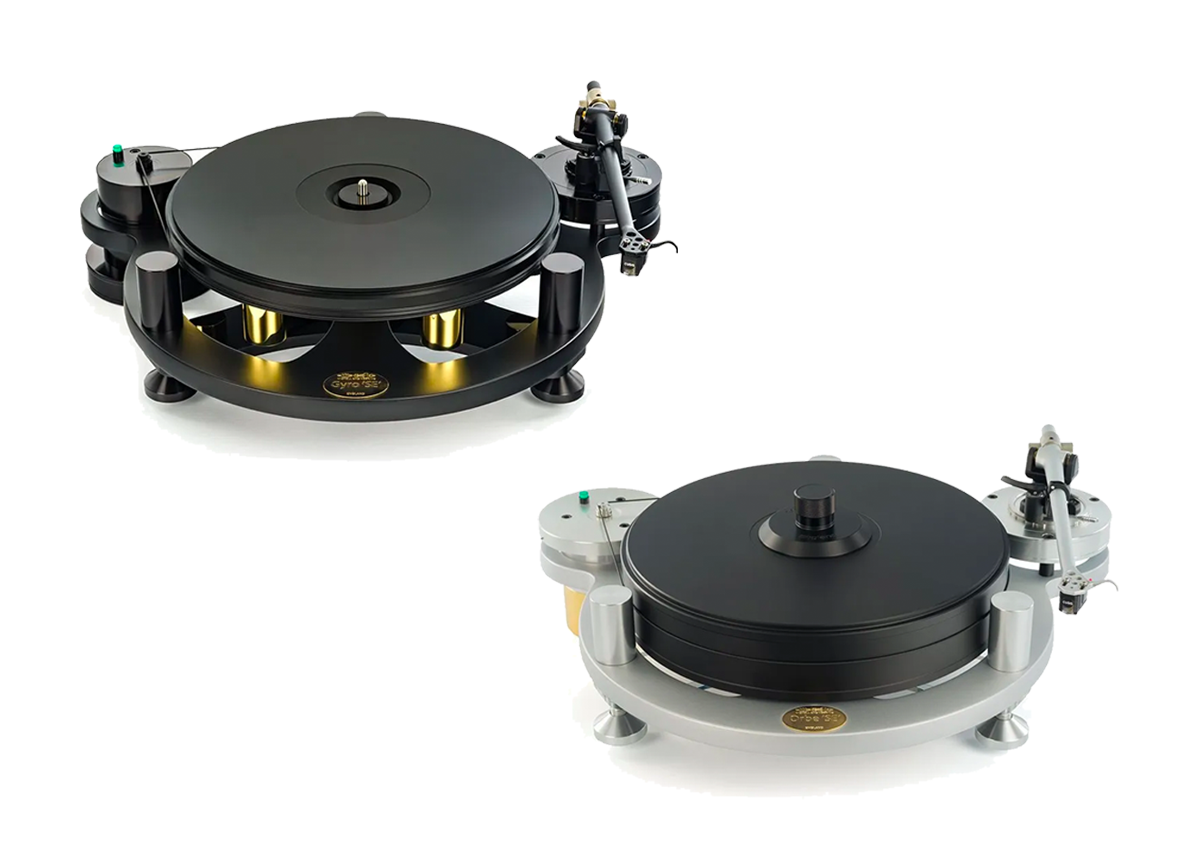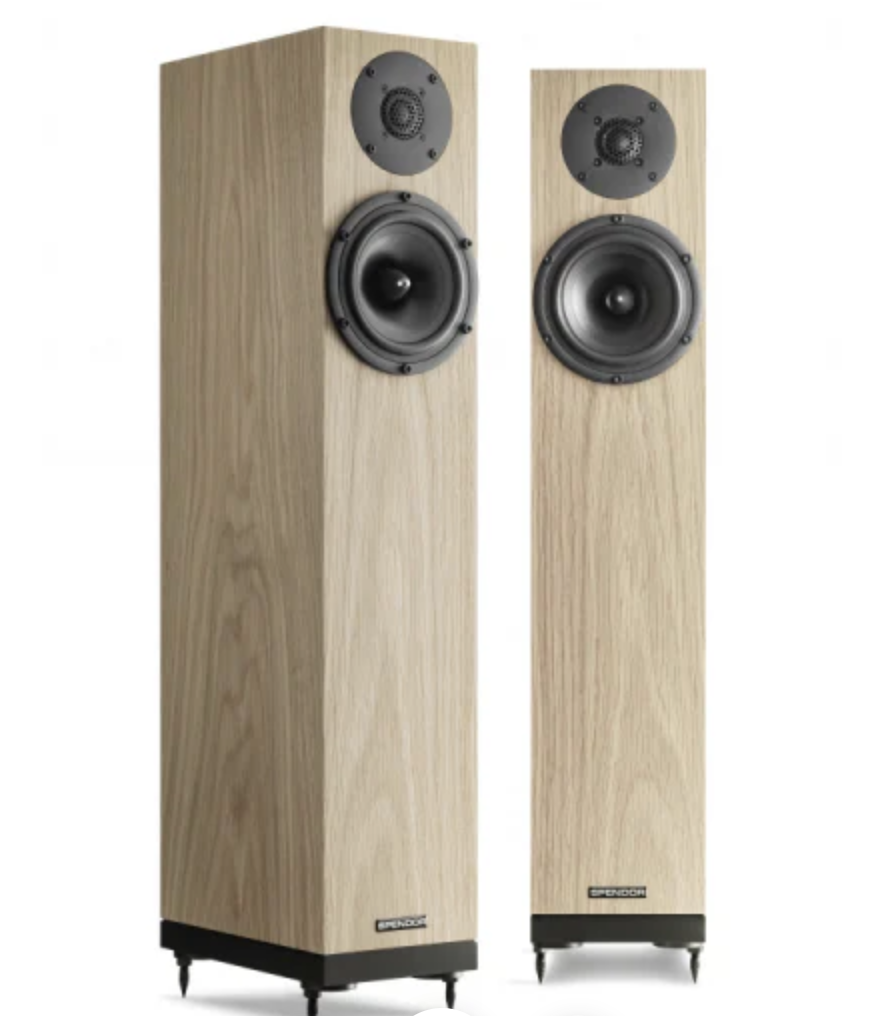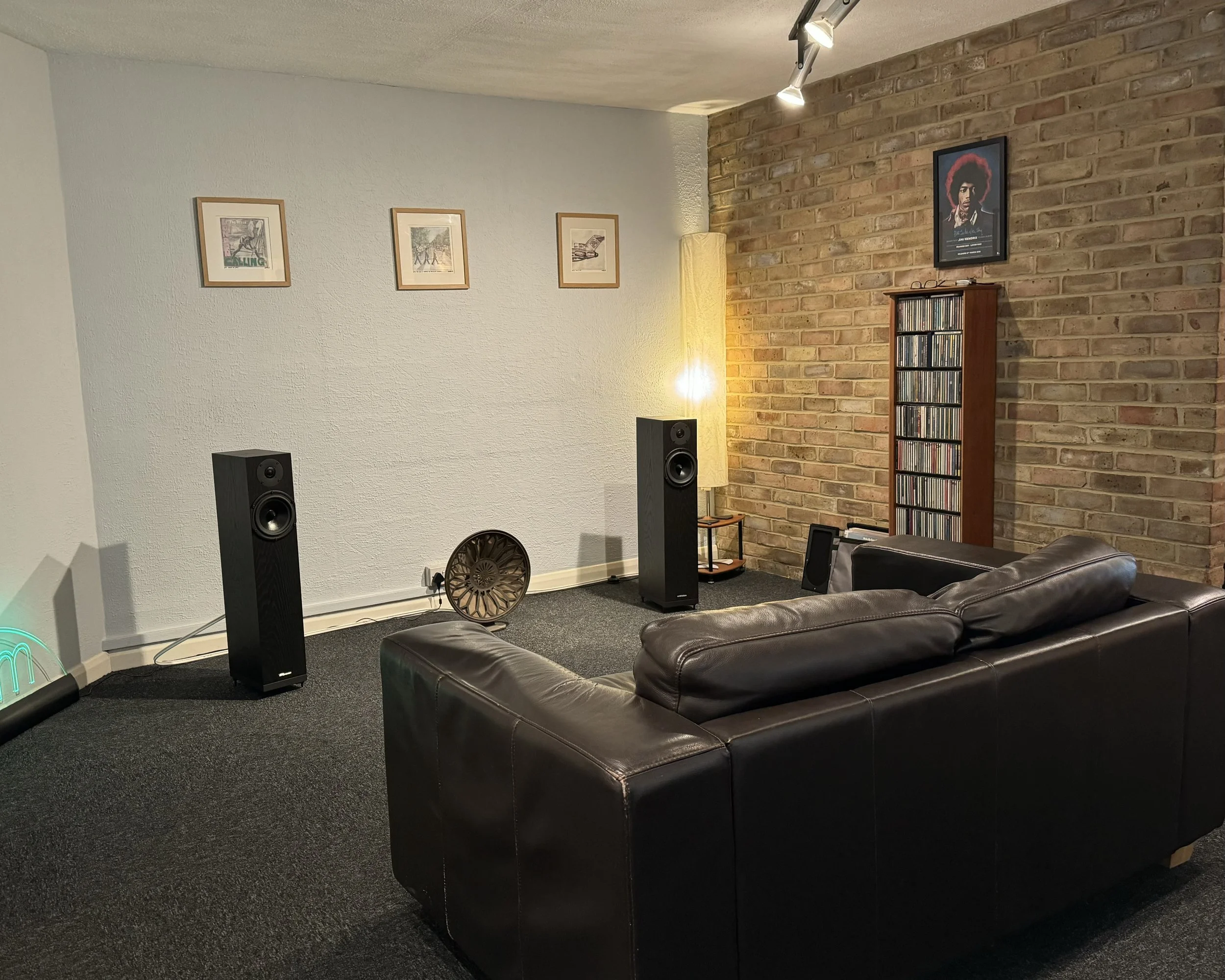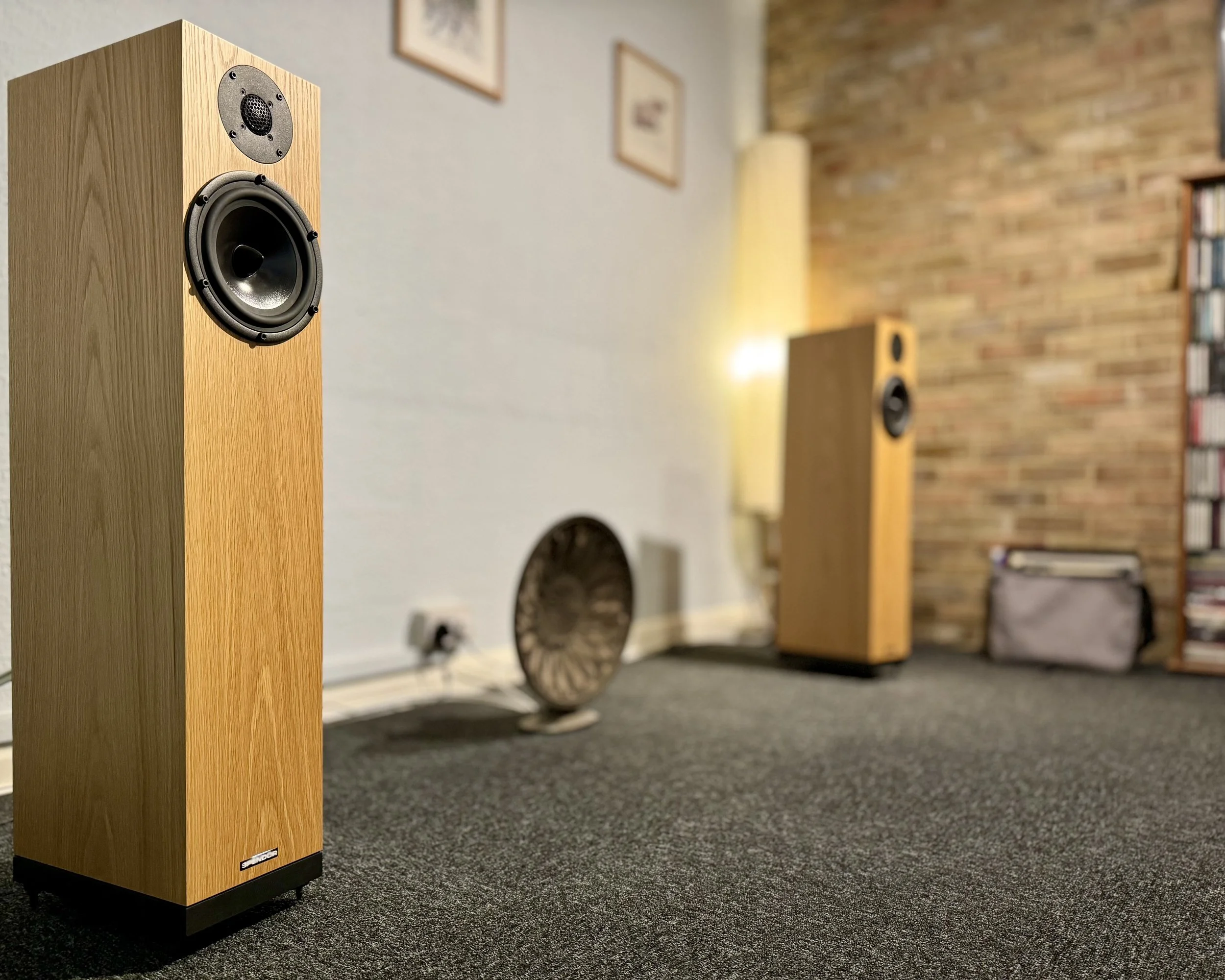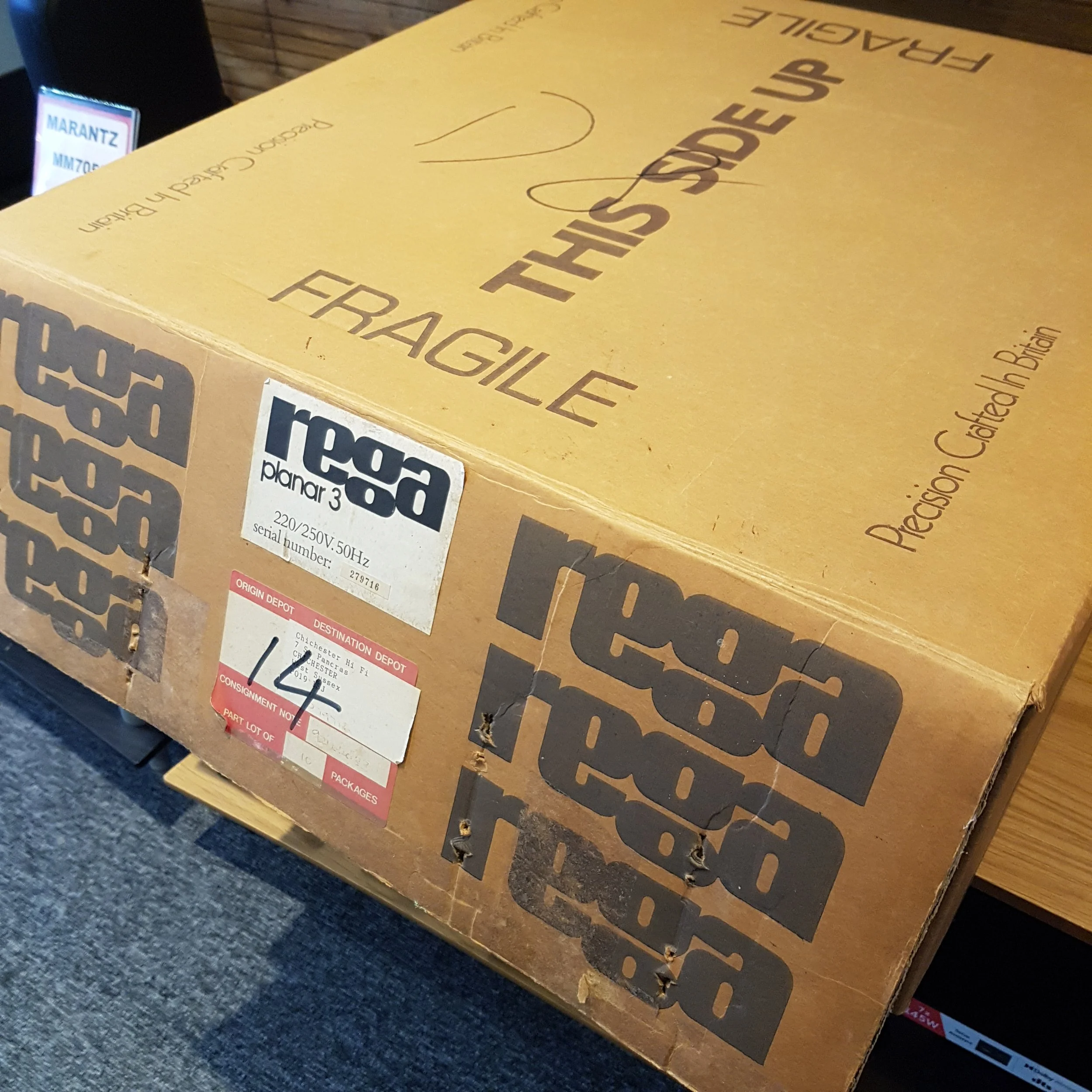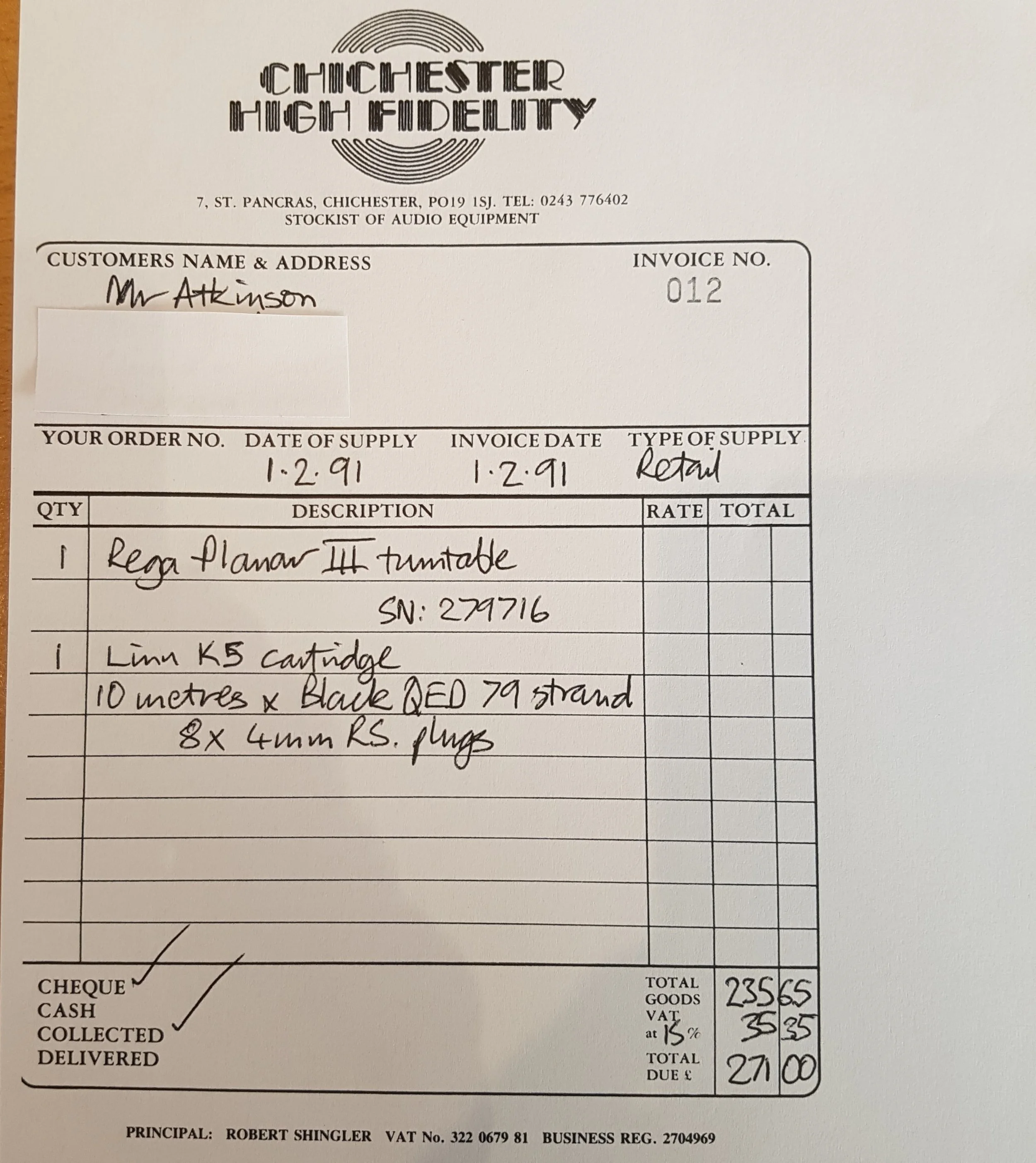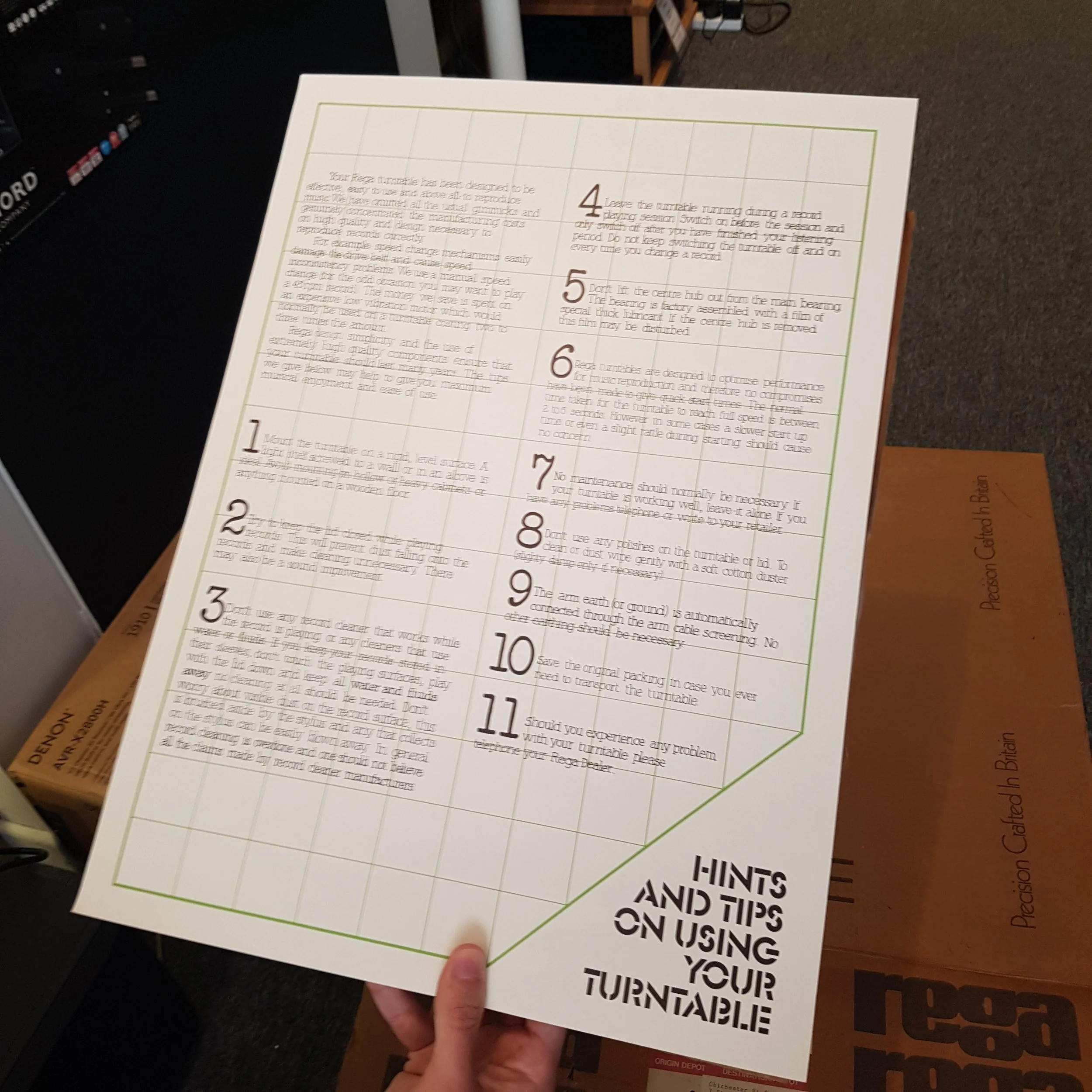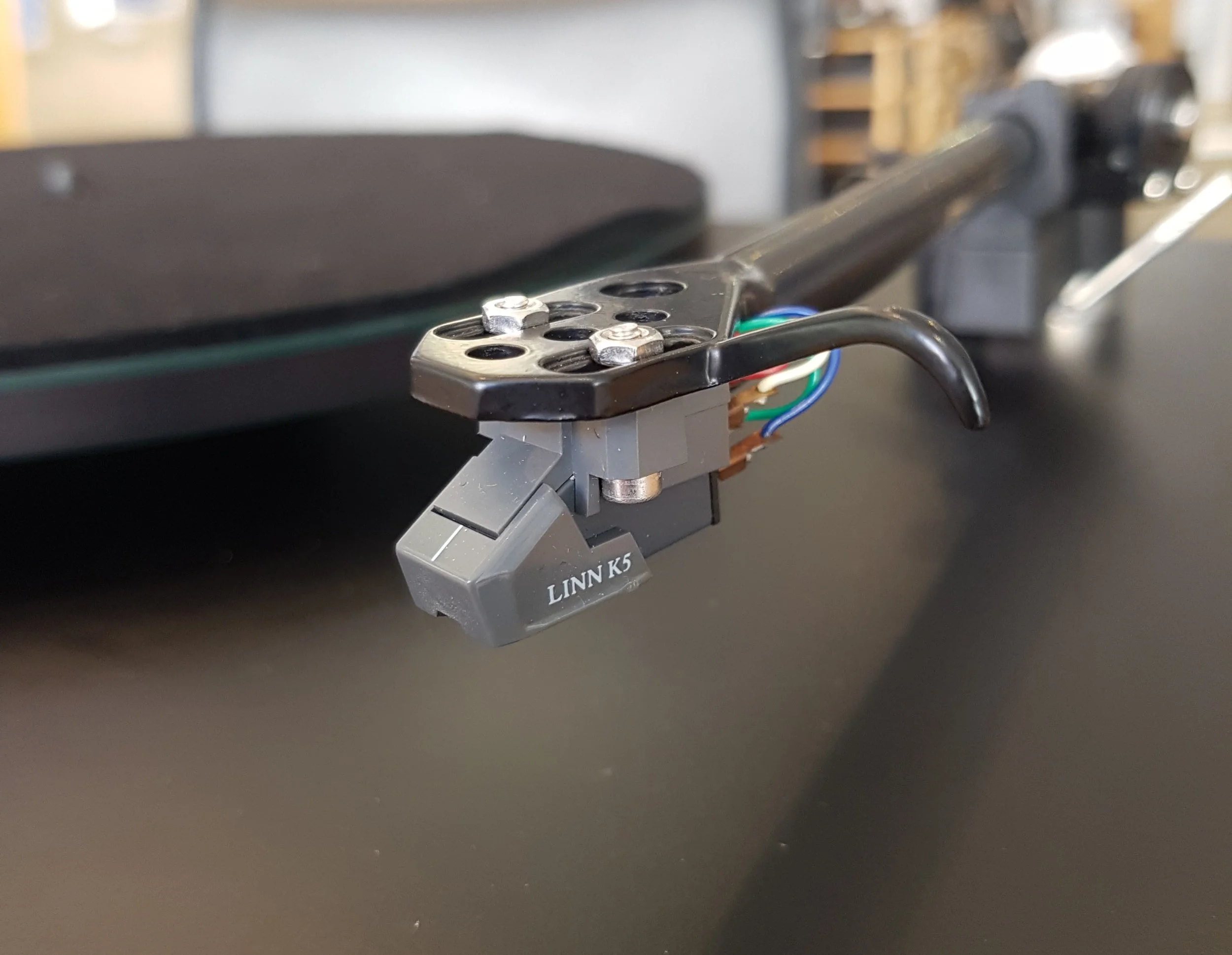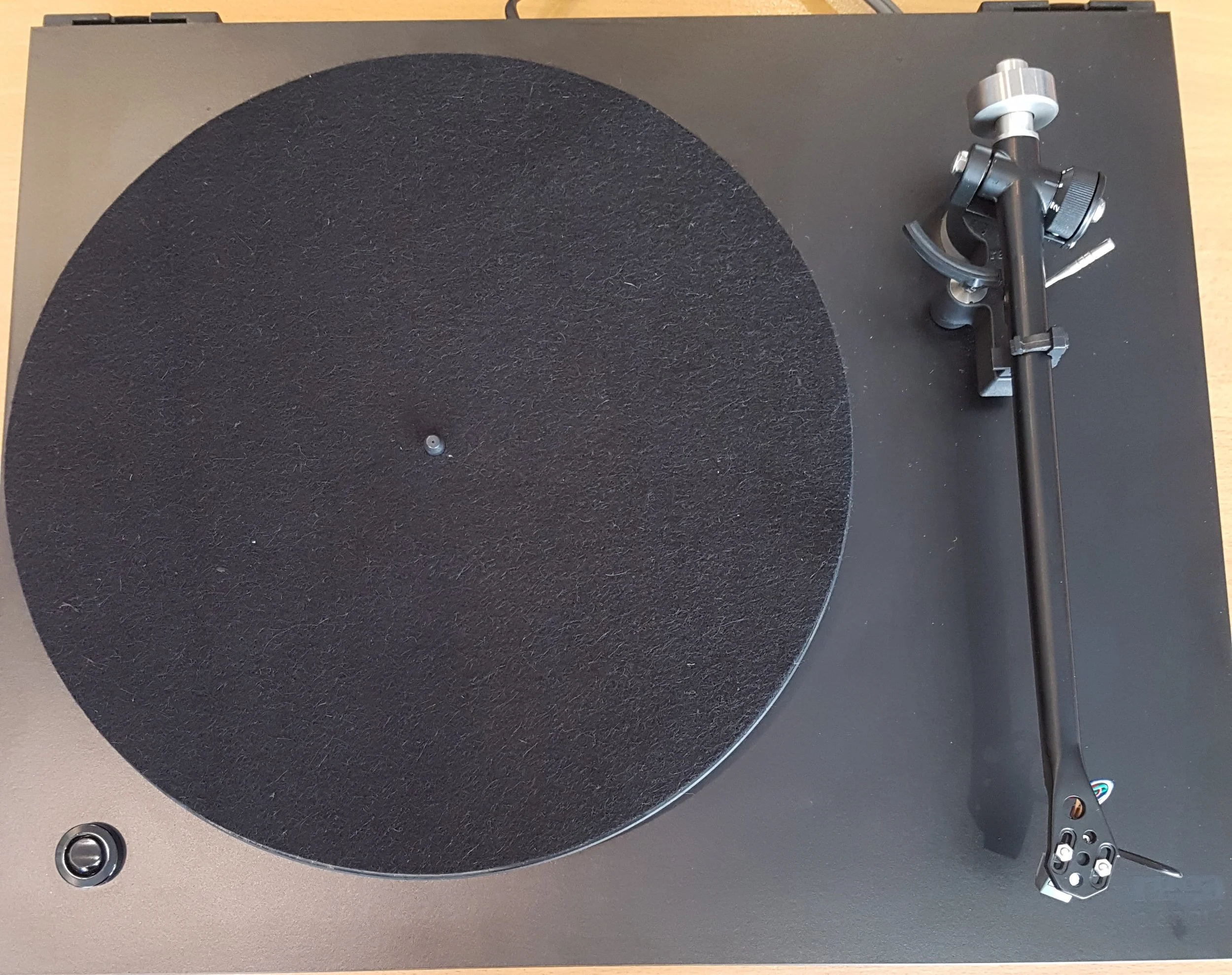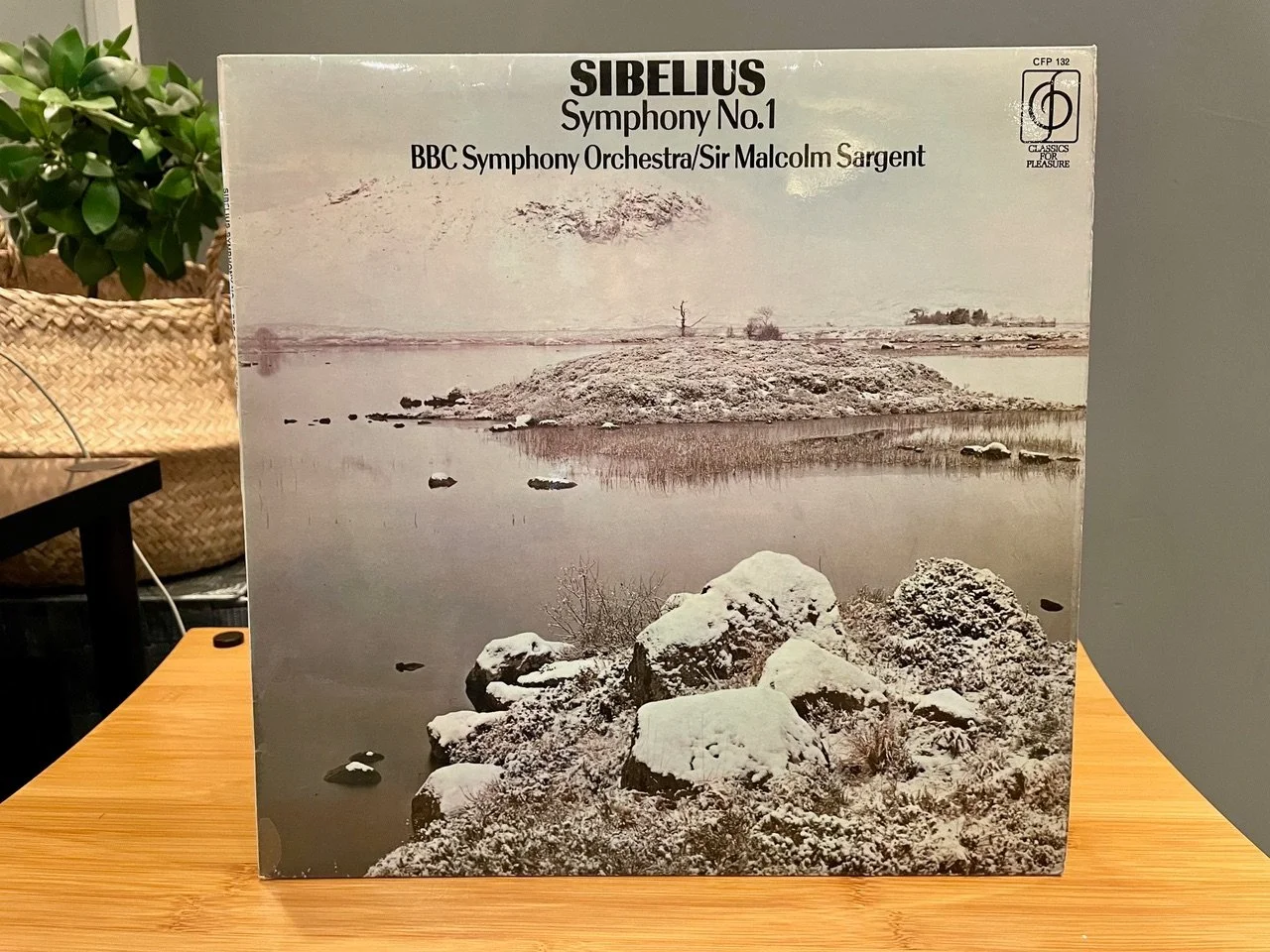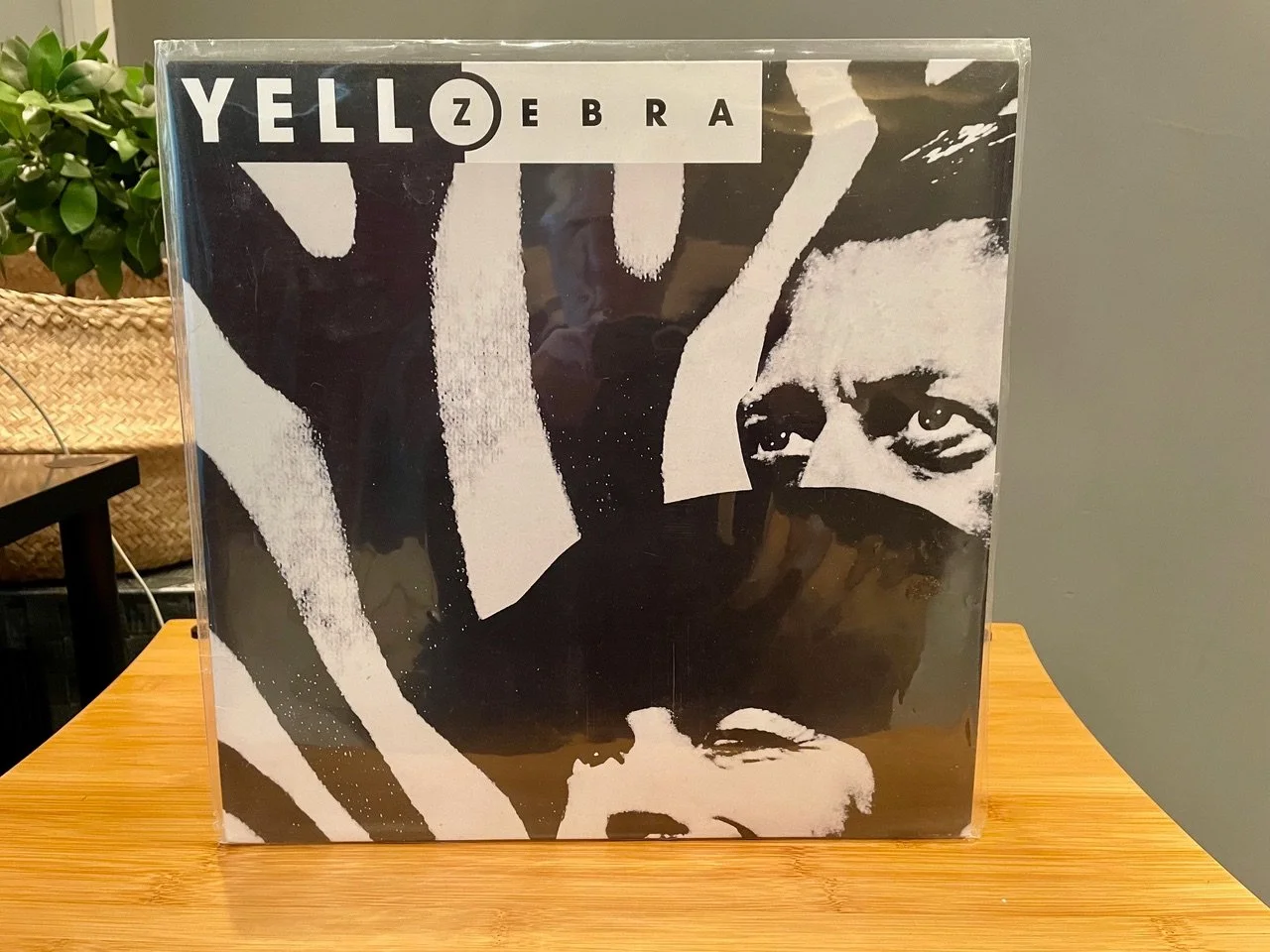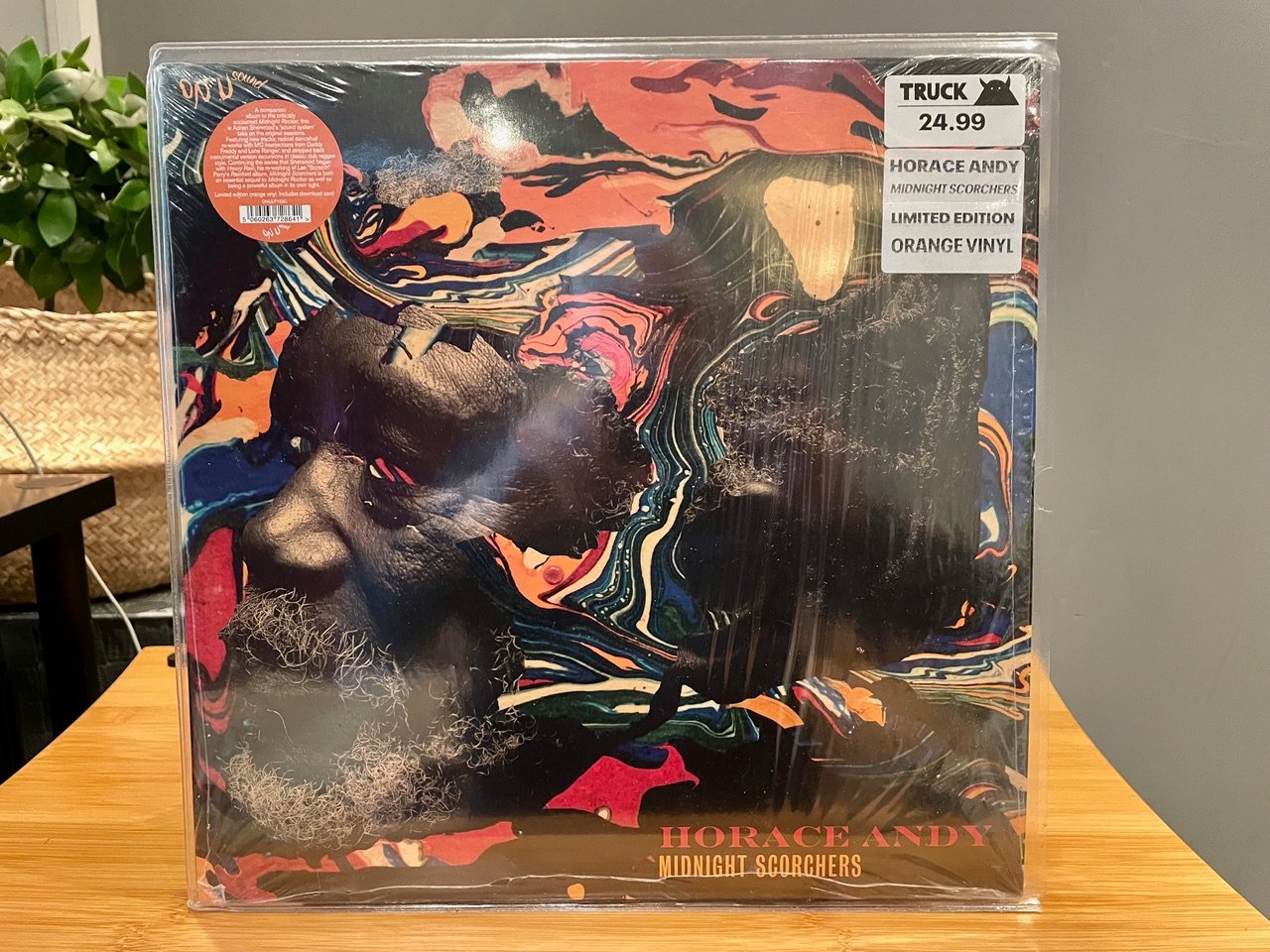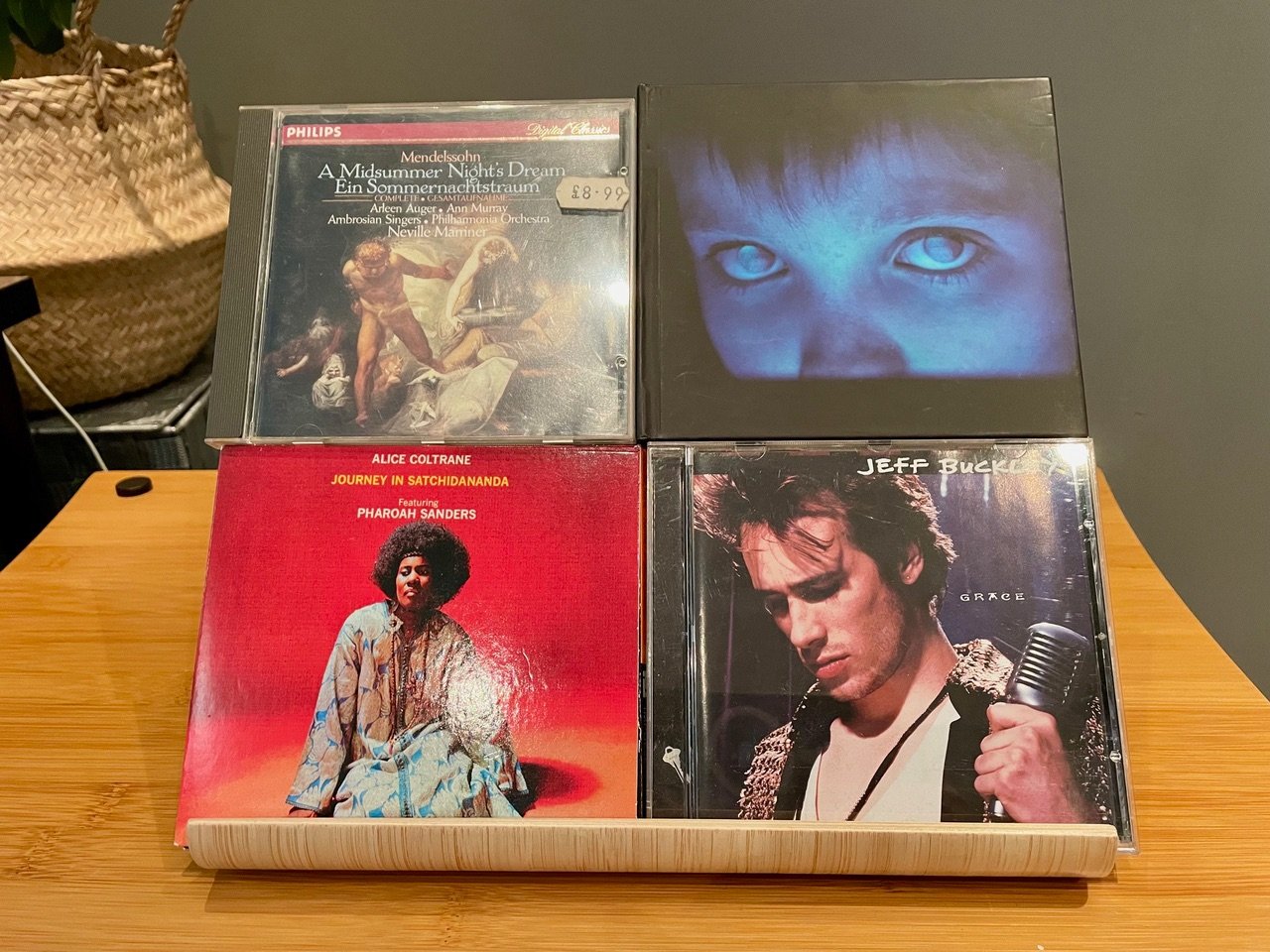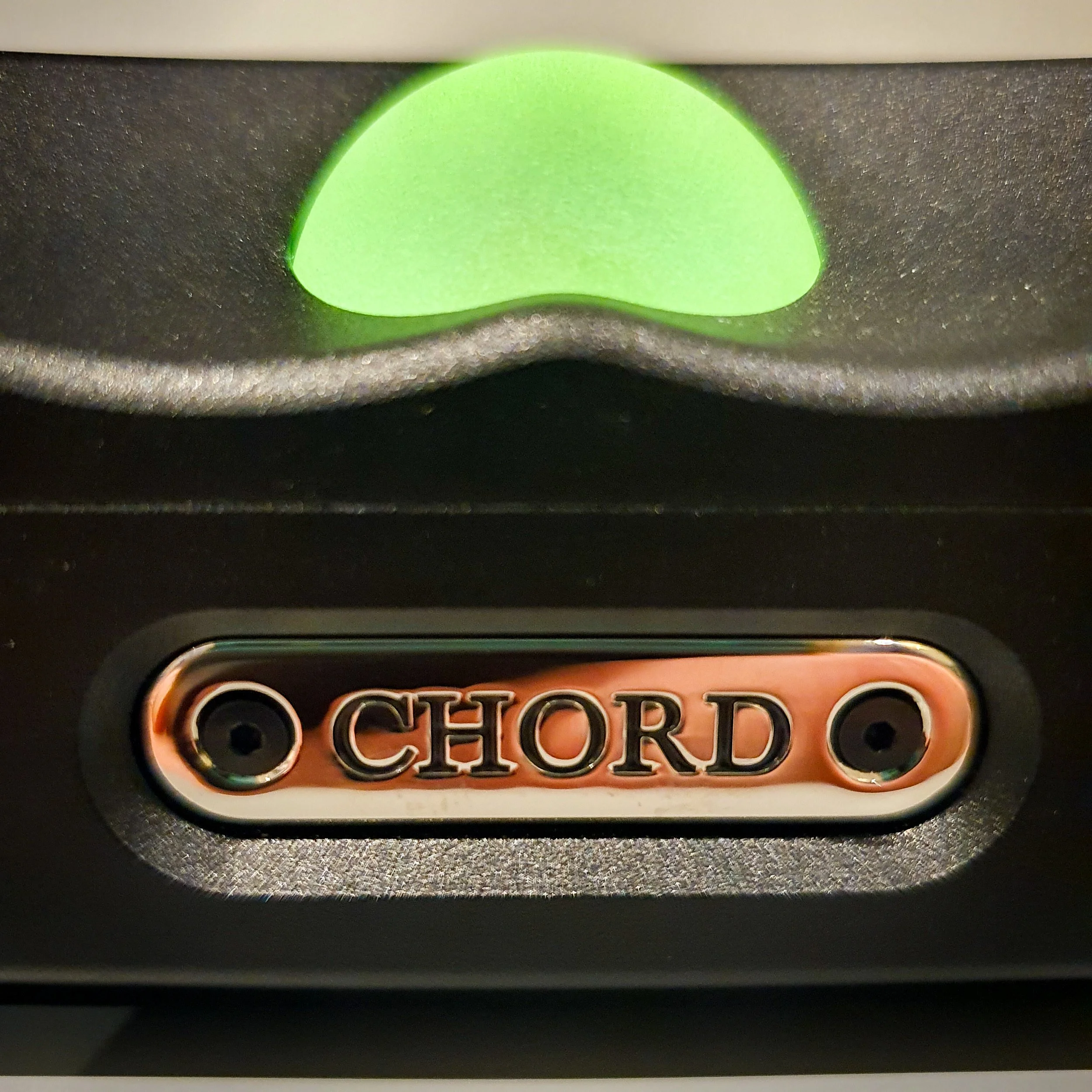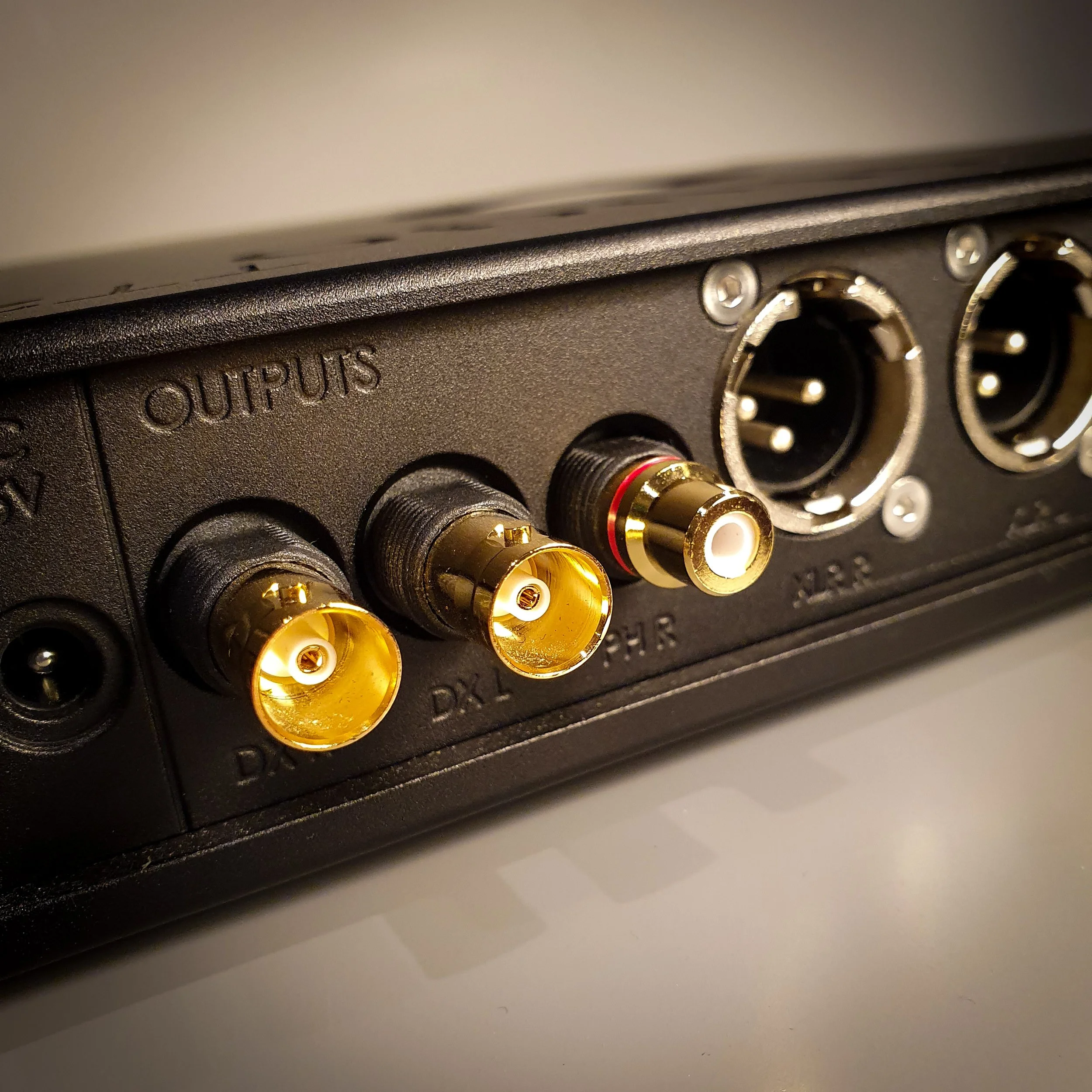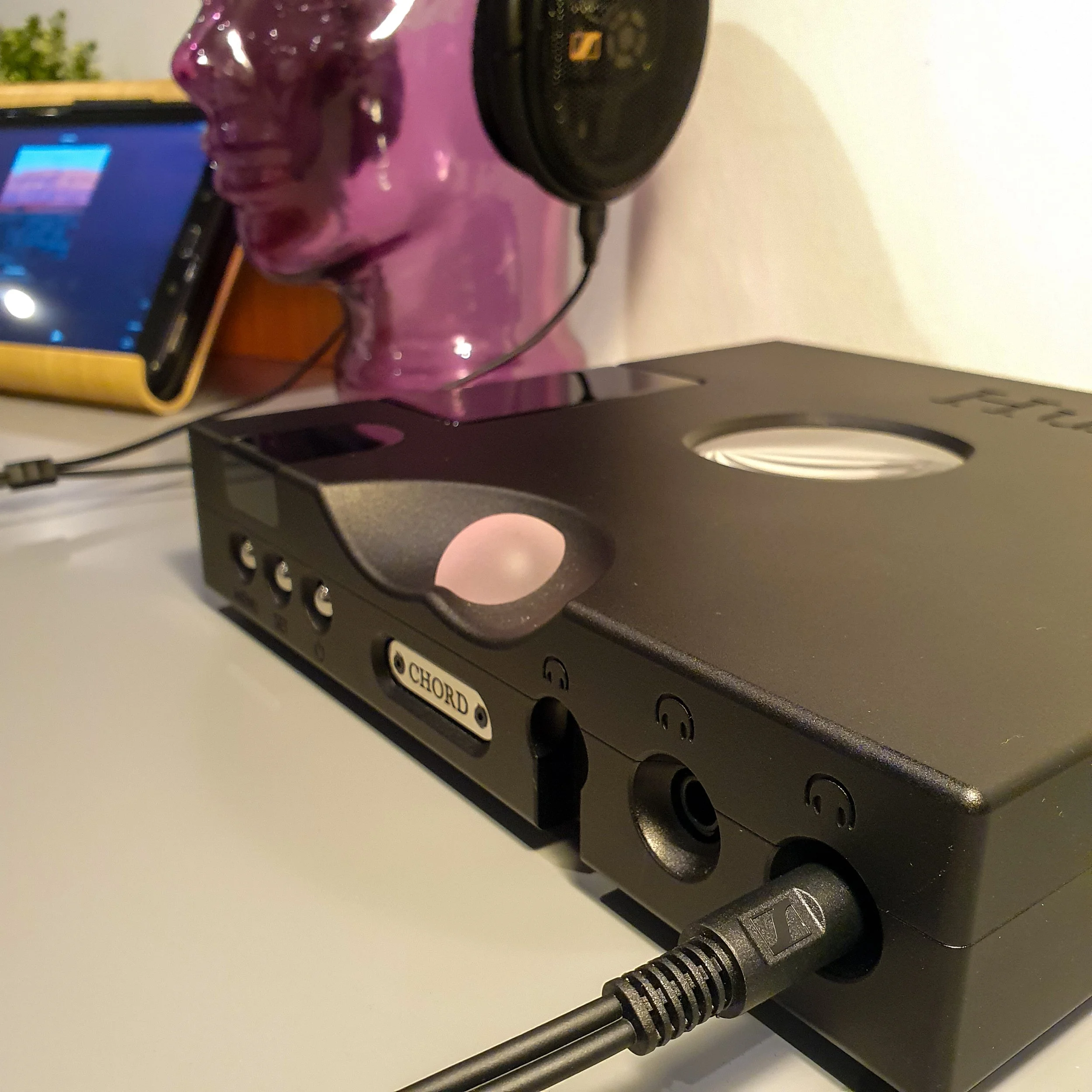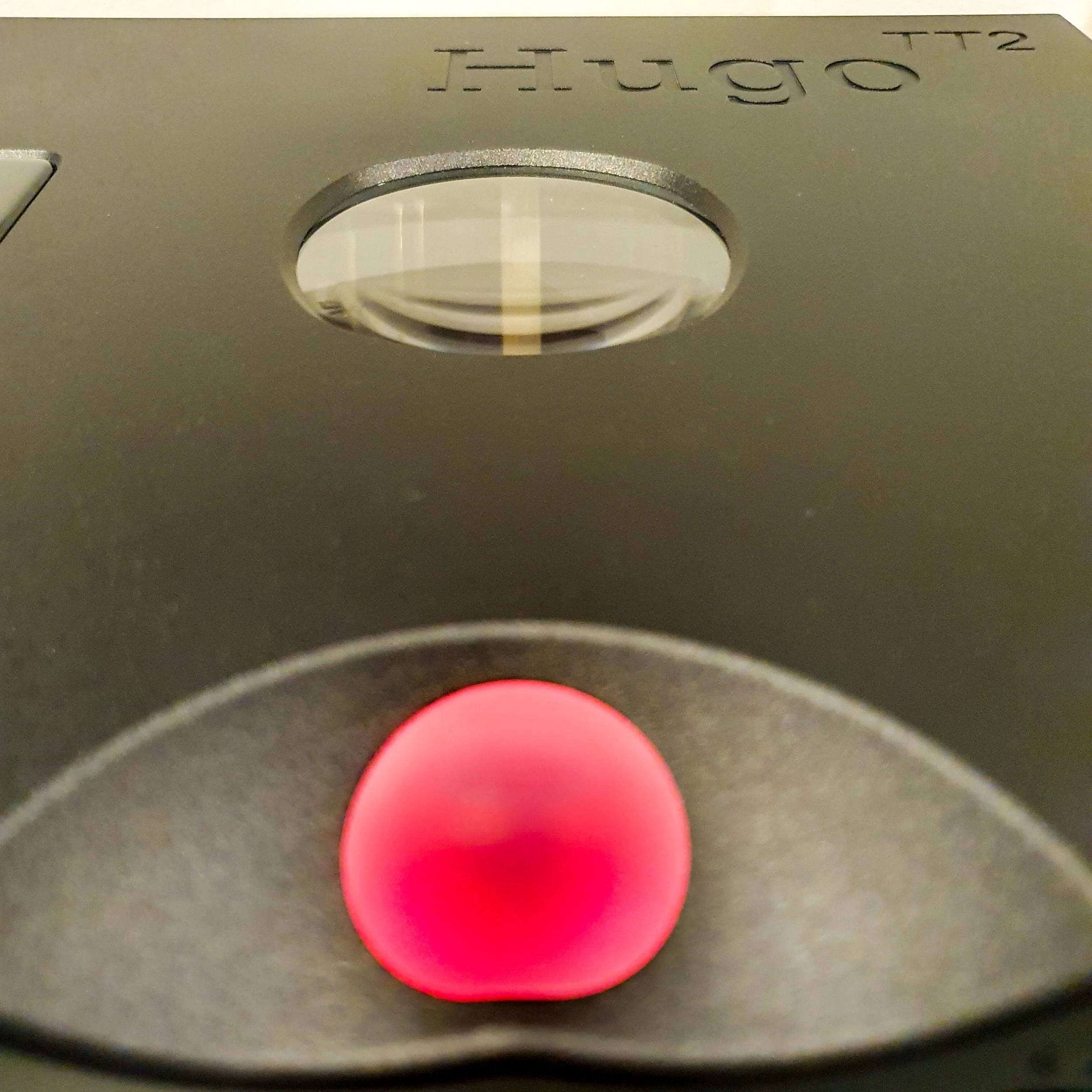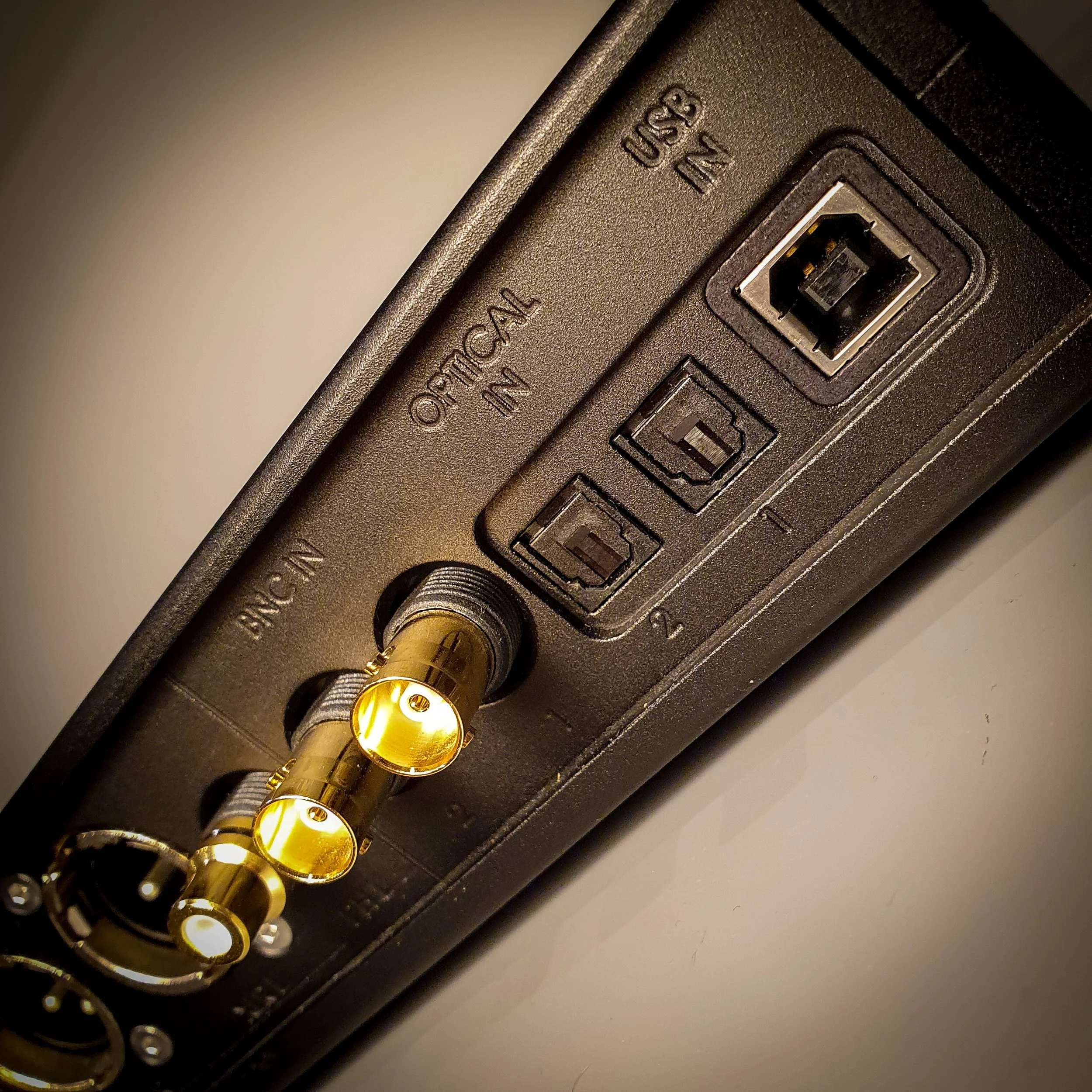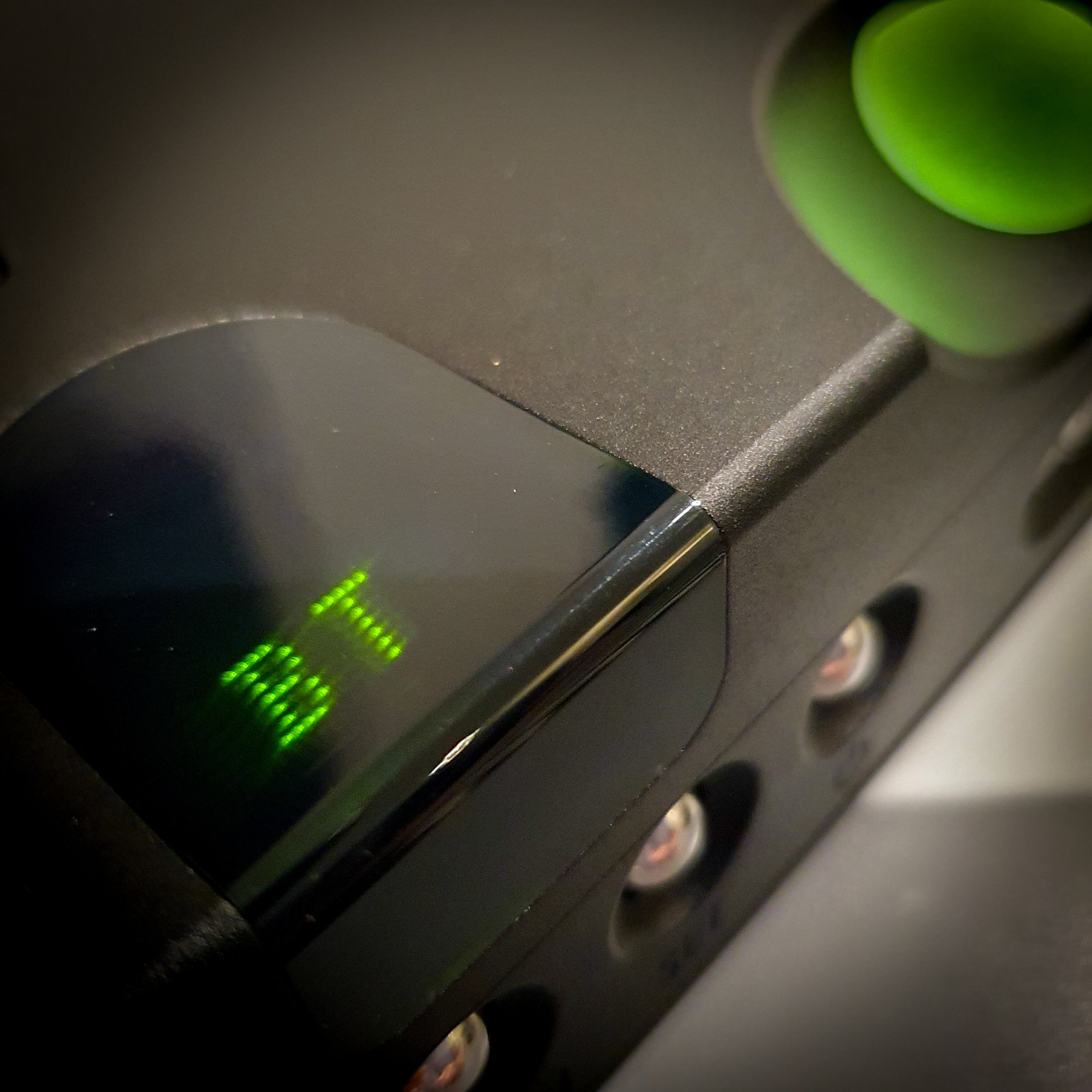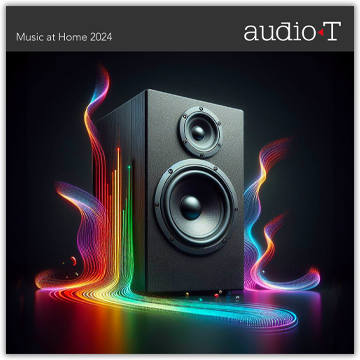Sacre Blue! VUs, valves, vivid sound and value-for-money herald a French Hi-Fi invasion
/It’s an established brand name that most of us in the UK have probably never heard of. However that’s all about to change…
There is a buzz of excitement running through Audio T at the moment as all stores have recently taken delivery of demonstration units in the Advance Paris range which you can also read about in other Audio T shop blogs.
At Portsmouth, we have been fortunate enough to secure the popular mid-range A10 Classic amplifier, the WTX-StreamTubes network player, the XCD9 CD player as well as the Air65 Connect active network speakers.
Advance Paris? Well, they have been manufacturing hi-fi since 1995 and sell products in more than 40 countries. However, it’s fair to say that the French company are yet to secure a high profile this side of La Manche. Now, with a new UK distributor, that is set to change.
In fact with so many products in their range - from all-in-one systems, amps, streamers and even cables - it may feel a little like a French hi-fi invasion. Especially with the keen pricing and brand’s focus on bang-for-buck.
Let’s take a look…
First impressions of their amp, streamer and CD player are very positive. All units in the Advance Paris range are classy-looking in a modern-yet-retro way (thanks to valves and VU meters) and are well-built.
WTX-streamTubes, a10 and xcd9
The A10 is no exception. The unit is reminiscent of amps from US manufacturer, McIntosh in terms of its twin blue-lit VU meters sitting behind a glassy fascia.
The A10’s twin VUs and valves
It’s not a case of style over substance either. The A10 is a sizeable unit weighing in at just under 15kg. There is grunt aplenty from this class AB amp which delivers 130W into 8ohms.
The A10 is well-furnished with connections including six analogue, a moving magnet (MM) phono stage, five digital inputs and three USB inputs. There is also a connector for an optional aptX XFTB01 or XFTB02 bluetooth receiver. There are a couple of HDMI connectors, including an Arc, and two sub outs. A 6.35mm headphone socket sits on the otherwise uncluttered front.
The rear of the A10
Unusually, and in common with many other Advance Paris products, there is also a valve-driven preamp stage. Apart from looking pretty exotic, these little glowing valves are designed to play an important part in the sound reproduction.
The warm glow of the A10’s twin valves
The proof is in the listening…
In our first listening session in the Portsmouth demo room we had the A10 driving a pair of Spendor A7s. Not the hardest speakers to drive, although they really sing with the sort of current supplied by more powerful amps like the A10.
Our first impression of the A10 was that it delivers a surprisingly fluid and detailed sound. Many amps take a bit of running in to lose that box-fresh brittleness in their sound.
The lack of initial harshness may be, in part, due to those valves in the A10’s pre-amp stage. It may also be the class AB push-pull amplification that imparts this silkier-than-expected tonality. AB amplification combines lower distortion class A amplification with higher efficiency class B to give a natural sounding amp that doesn’t generate as much heat as pure class A.
There is even a switch on the back of the unit which allows you to engage a higher bias towards A class amplification. While there isn’t much of an obvious immediate difference when switching to high bias there was a slight dip in volume combined with a sense of a more natural presentation. We chose to leave it in high bias.
The A10 runs pretty warm as you’d expect with any valve technology - high bias just makes the casework that little bit warmer. This amp ideally needs a bit of space around it.
Already impressed, I took the A10 home for an extended weekend audition. I swapped out my tank-like Parasound A21 and, by comparison, the pretty chunky A10 looked positively compact. And, at almost half the weight of mine, the A10 was far less of a back breaker to move.
The first impression was that the A10 was noticeably brighter than my amplifier. Not surprising perhaps given newness of the Advance Paris electronics compared to my well and truly run-in unit which is about 20 years old.
Had my system lost some of its warmth with the A10 in place of the Parasound A21? Probably. But this likely says more about my amp than the A10. In car terms, I see my old amp as a vintage American muscle car: in other words, bags of raw power with a lovely V8 sonic burble to it (figuratively speaking, obviously), but not so agile on the twisty stuff.
The A10, fed by a Bluesound Node running into a Naim DAC-V1, coaxed another level of detail and precision out of my Spendor A5Rs. That double cymbal strike in the slow-build intro to AC/DC’s Hells Bells (Back In Black) had never sounded so defined on my system.
Robert Plant’s vocal (and backing vocals) on Fallin’ in Love Again (Band of Joy) were better projected and three-dimensional through the A10. The soundstage on the track Nerds on Mushrooms, by electronic duo Infected Mushroom, was vast and the detail stunning, all anchored with a thunderous bassline thanks in part to my REL T/Zero sub.
José Carreras singing Agnus Dei in the Misa Criolla was spine tingling. Don’t get me wrong, this track sounds very good indeed through my amp. But the A10 lent a fresher tone to Carreras’ voice, perhaps it was as much to do with there being more perceived space around his vocal. This sense of space around instruments and vocals is something the A10 projected very well.
Conclusion
I thoroughly enjoyed the A10 both in store and in my personal system. In terms of the detail, the sense of space in the music and the size of the soundstage the A10 simply delivered more.
More than once, while listening to the A10, I had to remind myself that this amp only costs £2,000. Ok, only is probably not the right word since £2K is a lot of money. But the thing is, the A10 sounds and looks like an amp that might easily carry a price tag of £3,000 or more.
The A10 embodies the Advance Paris commitment to quality and value-for-money. If you are in the market for a mid-range integrated amplifier with plenty of power, tremendous connectivity, deeply impressive sound and lush looks to match then the A10 certainly ought to be on your demo shortlist.
Thanks for reading.
Alan, Stephen and Luke - Audio T Portsmouth
If you have any questions about any of the equipment featured in this article, or any other Hi-Fi or home cinema enquiries, be sure to Contact Us
If you’ve enjoyed this, why not go ahead and read some more of our other blogs, and be sure to follow us on our social media channels below…
Advance Paris can be found at the following Audio T stores


